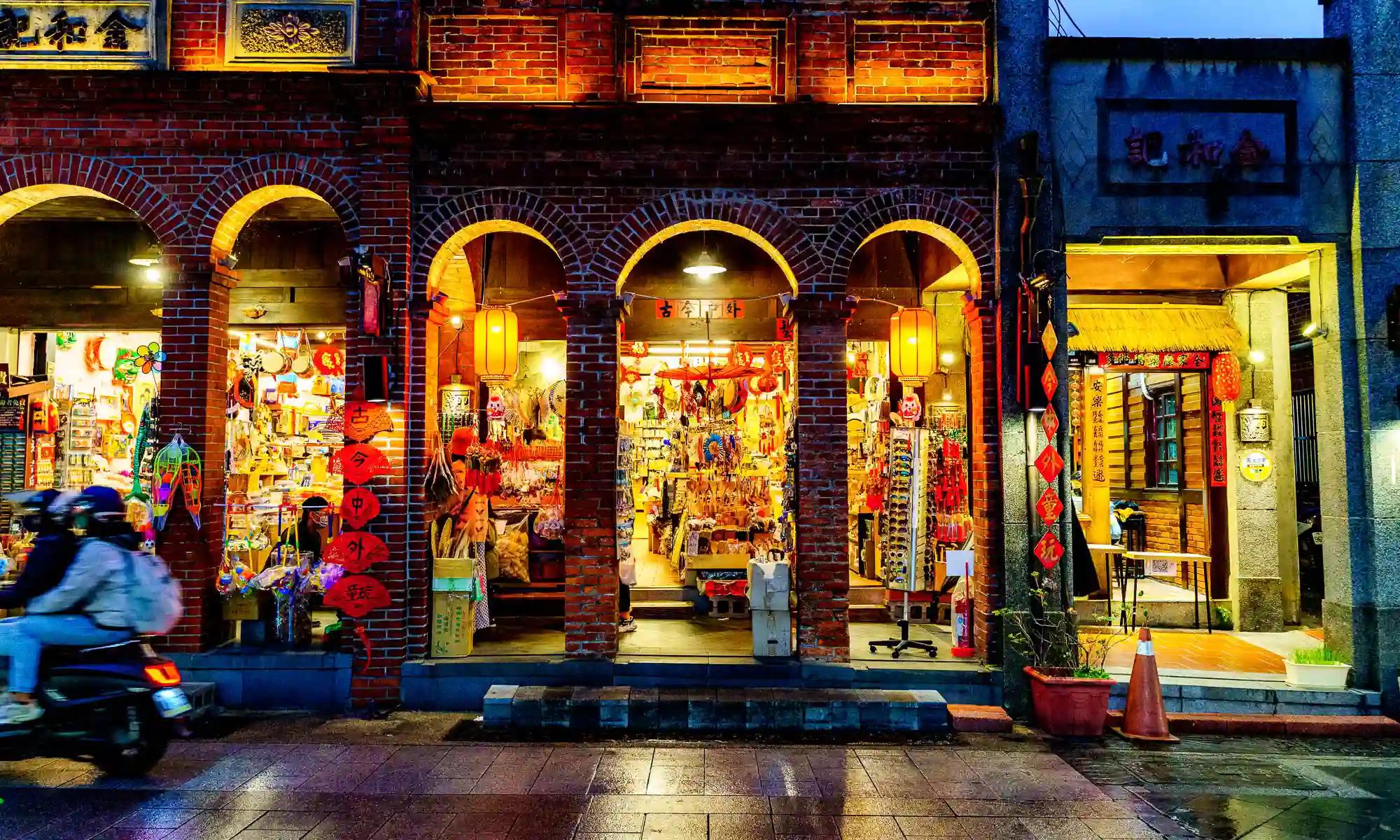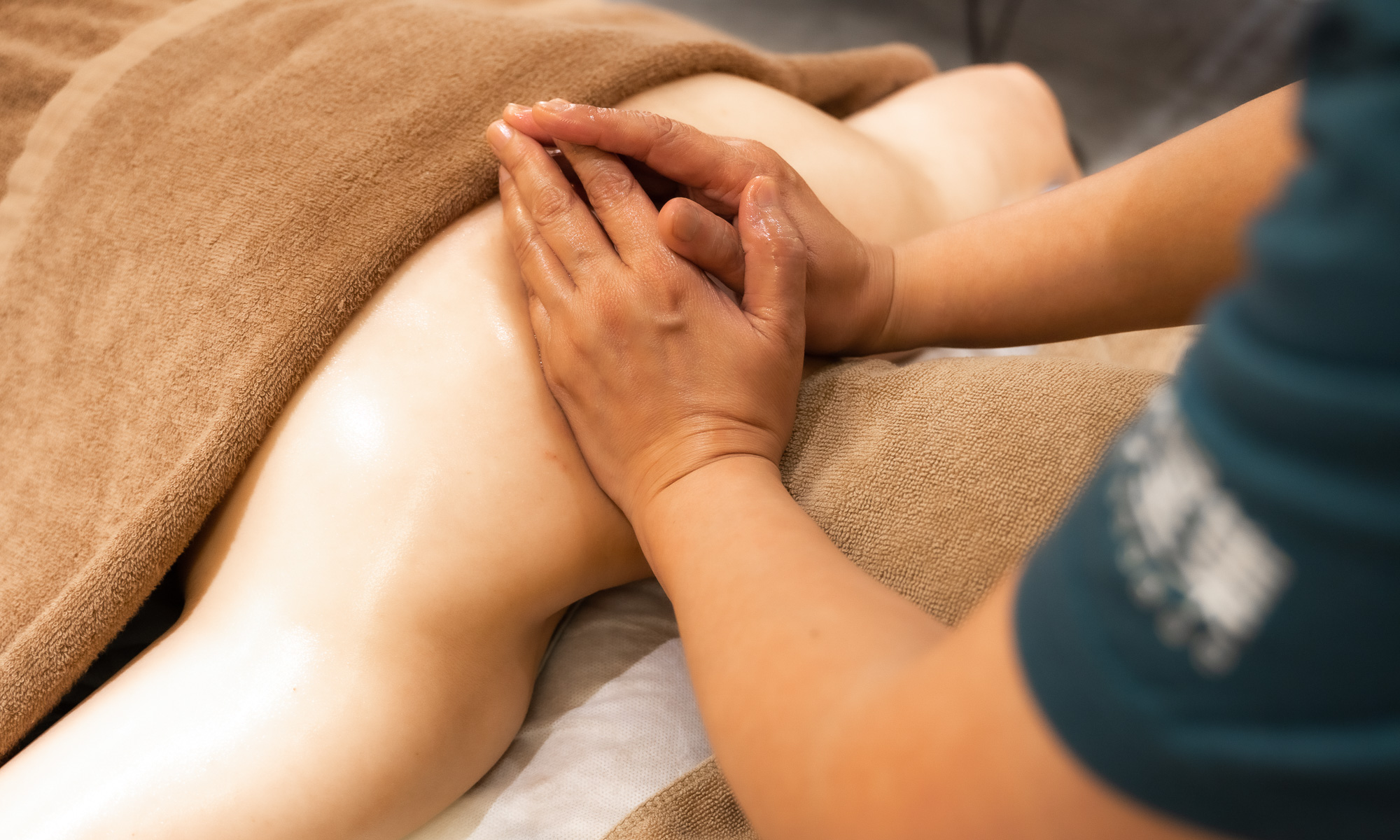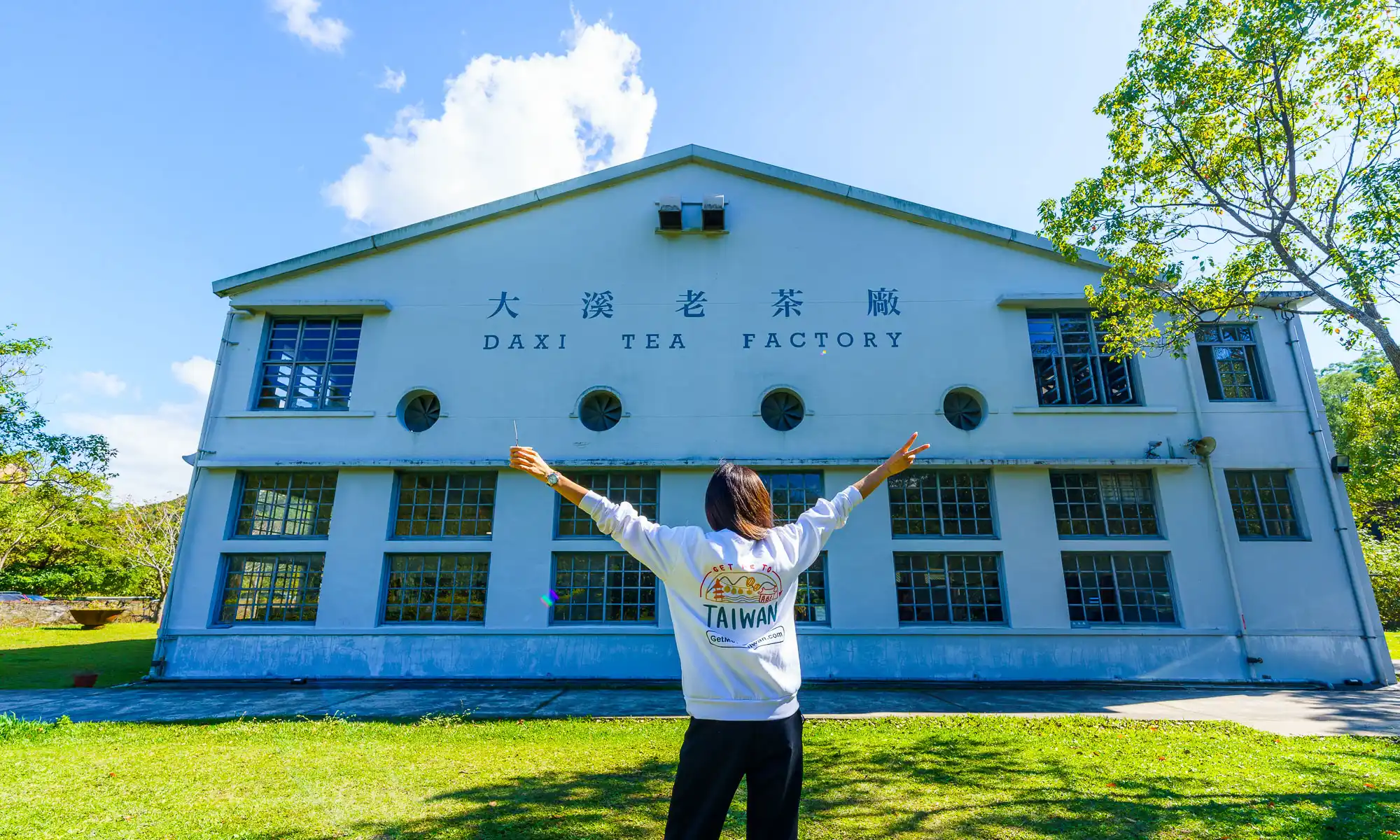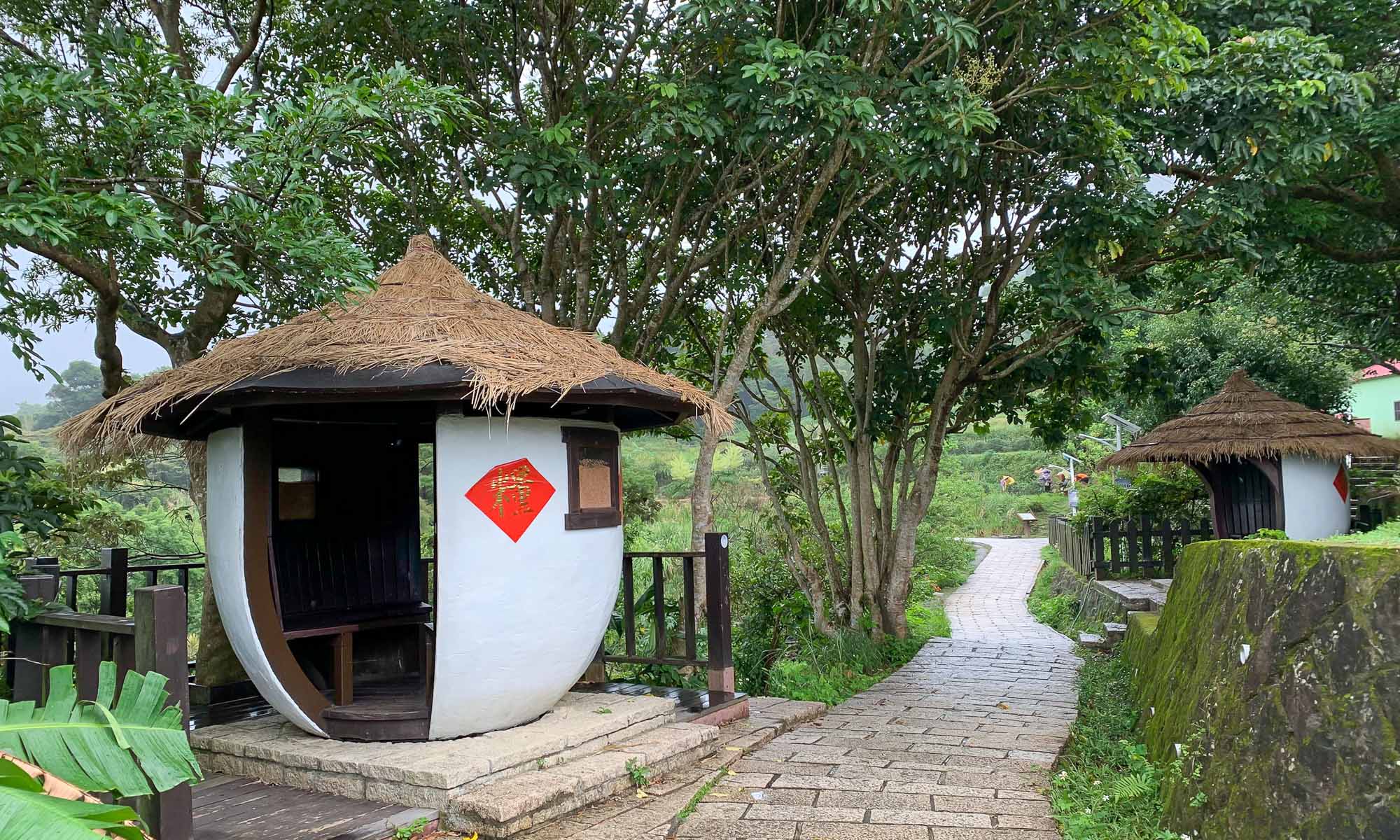TAIWAN’S LONGEST AND MOST FASCINATING OLD STREET
Sanxia Old Street is a beautiful historic district located in Sanxia District of New Taipei City. At 260 meters in length, the street is recognized as the longest and most well-preserved historic district among all 172 old streets nationwide. The street winds in a gentle S-shape due to its surrounding terrain and features beautiful red-brick buildings with Chinese, Western, and Japanese-style influenced architecture. Visitors can find art galleries, a heritage indigo-dyeing industry, and one of New Taipei’s most interesting temples.
The History of Sanxia
The town of Sanxia, meaning “three gorges”, was inspired by the town’s location at the confluence of three rivers. The earliest settlers came as early as the Qing Dynasty (around 1736), and it soon became an important trade hub for tea, camphor, dyed textiles, lumber, and coal due to its convenient location at the base of the foothills and river access.
Sanxia Old Street
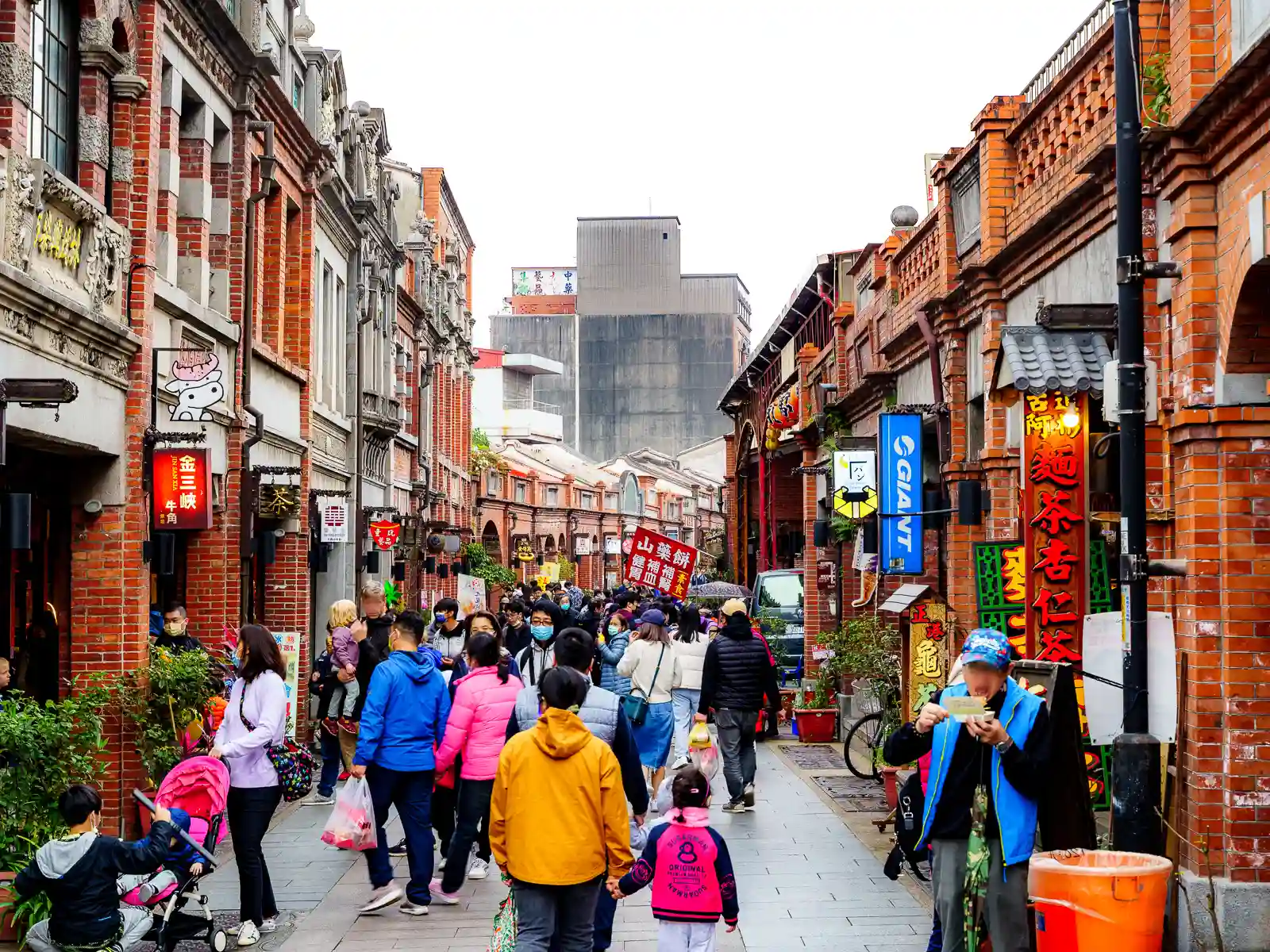
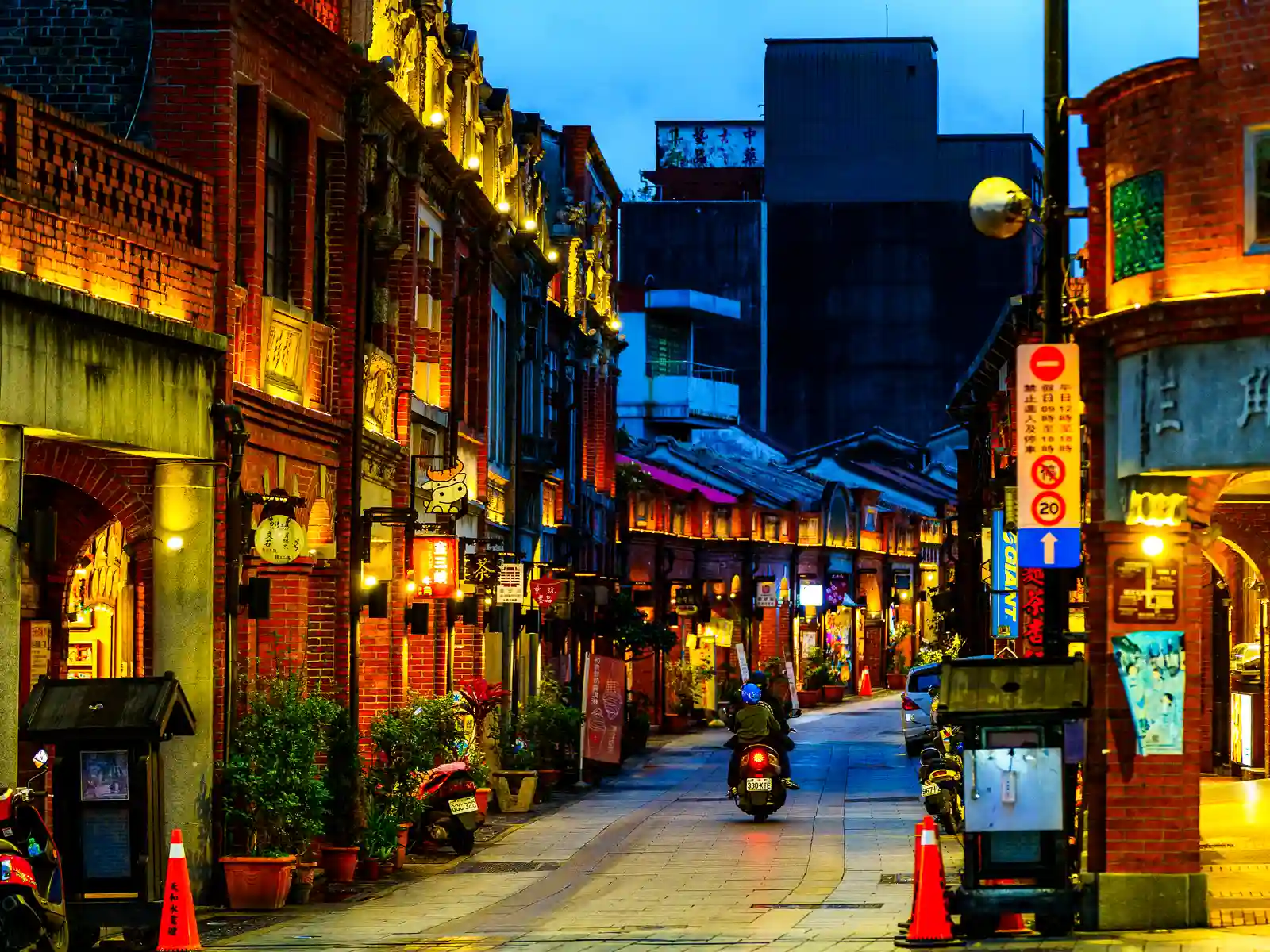
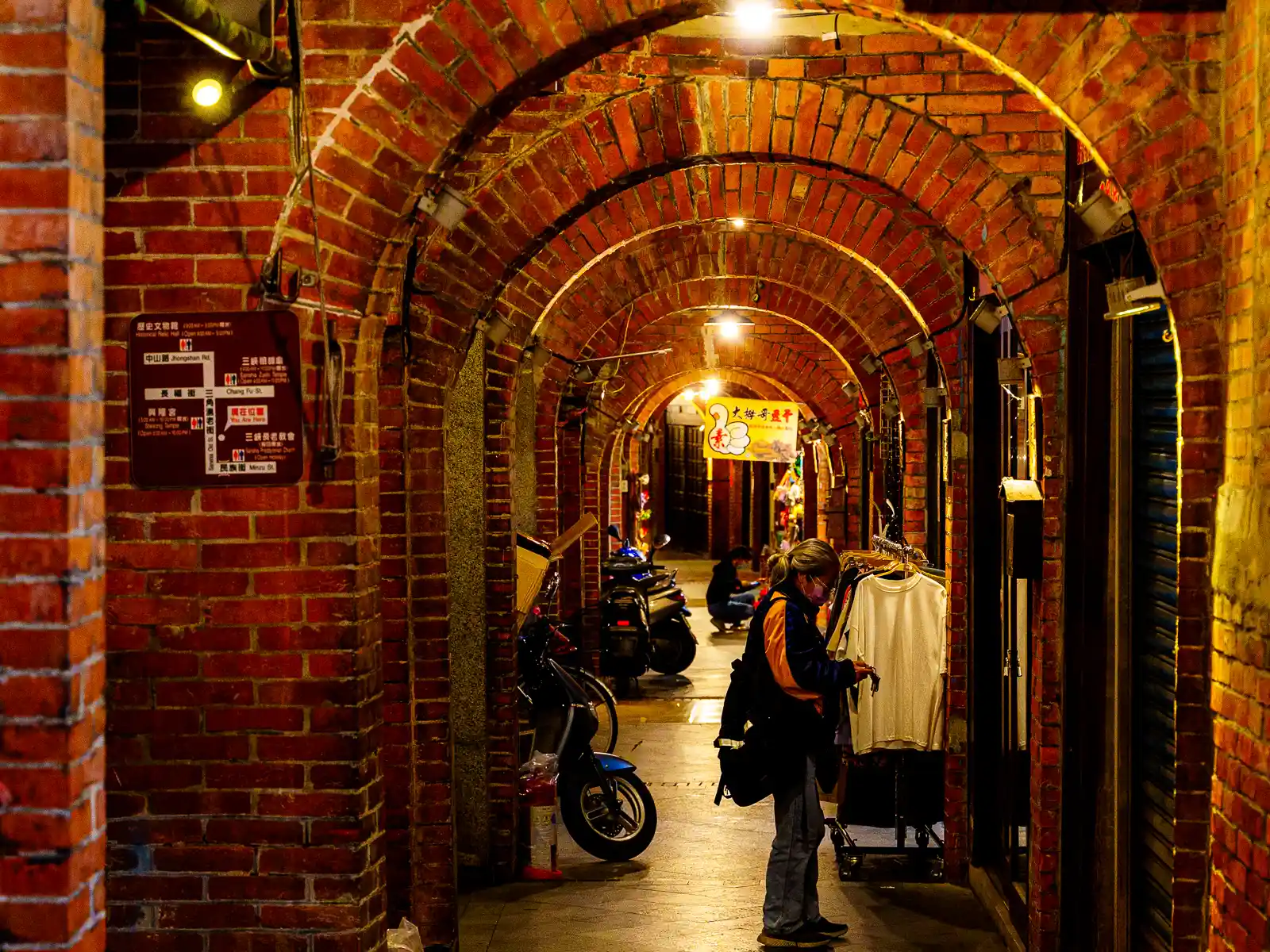
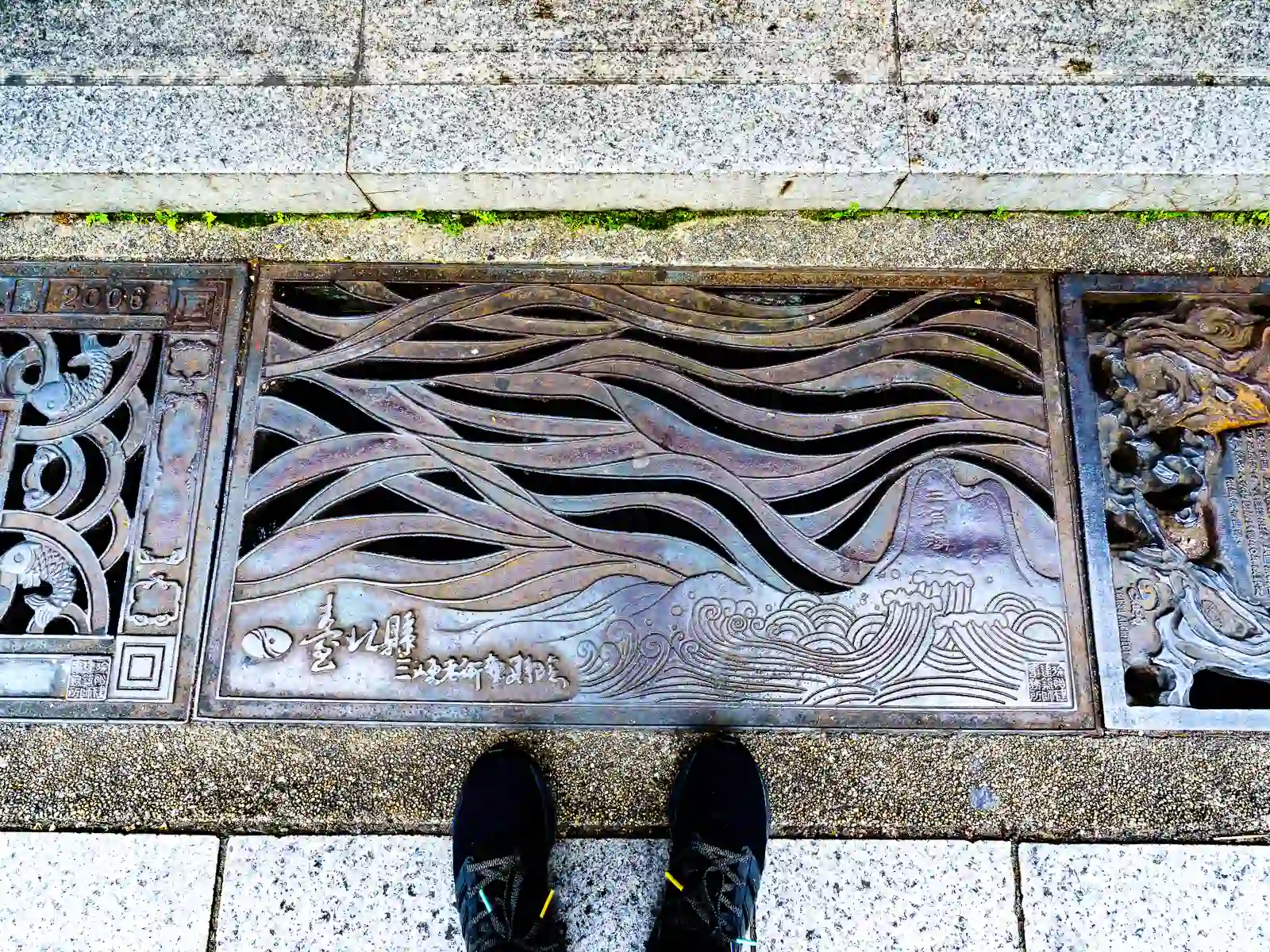
After being damaged by the Japanese military in 1895, the street was reconstructed with help from the Japanese government. Previously, uneven roads and street houses were reconstructed in a way that integrated elements of Western architectural styles popular at the time, Japanese family crests, and Han Chinese cultural images.
This appearance has been preserved beautifully and Sanxia Old Street’s beautiful red brick buildings, baroque decorations, and street-side arcades are the most cohesive and comprehensive of any old street in Taiwan.
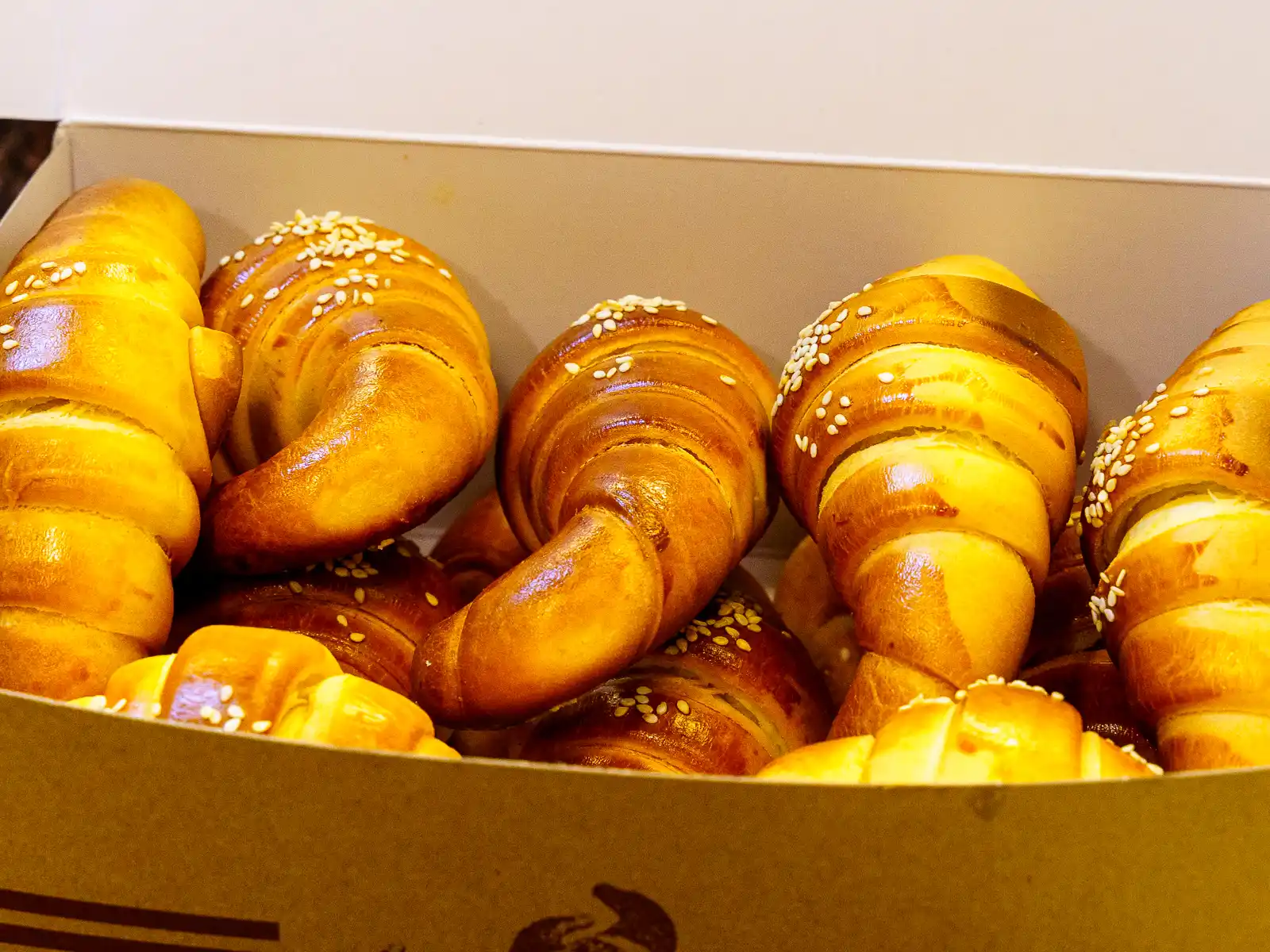
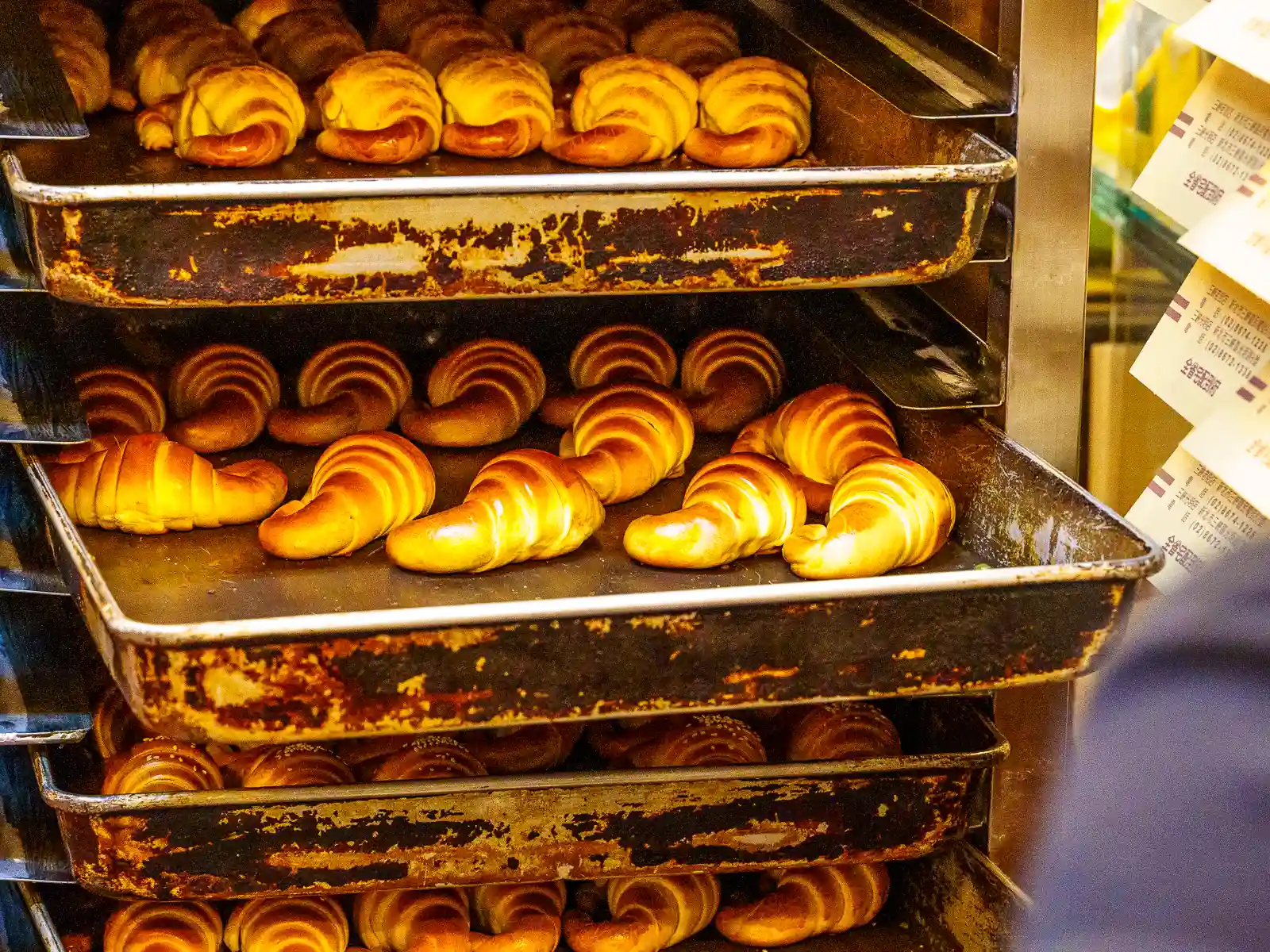
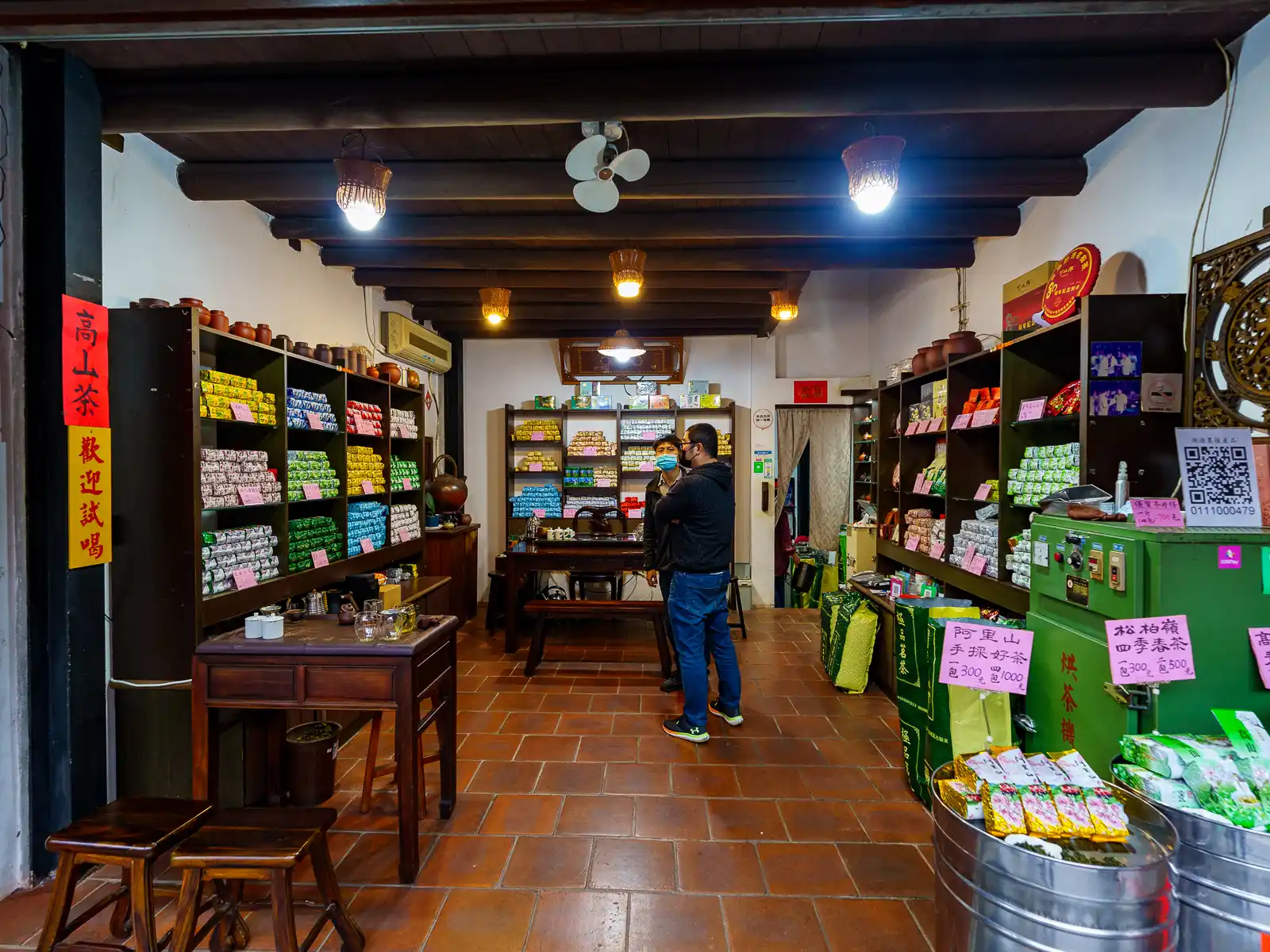
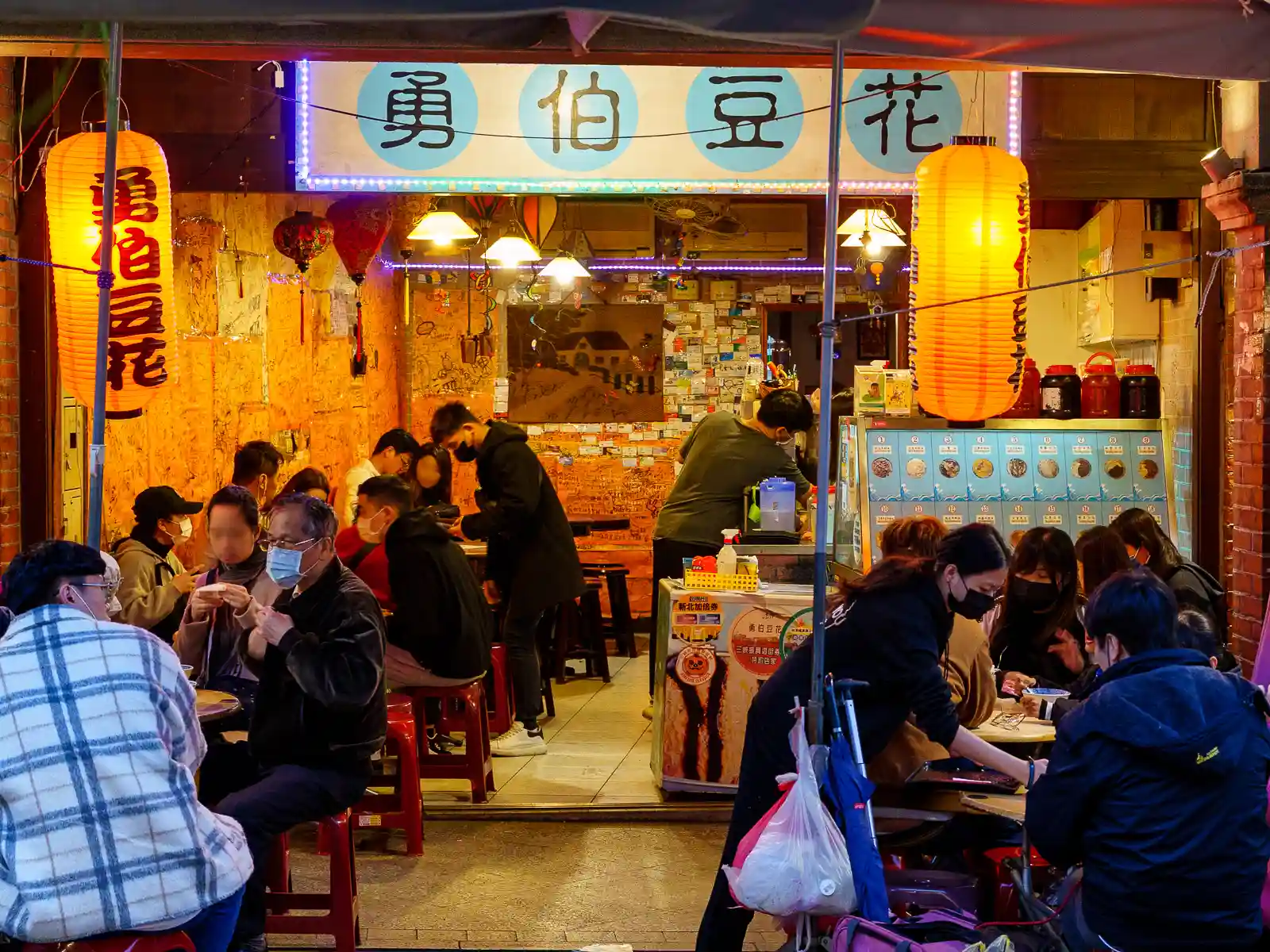
In addition to its cultural and historical significance, Sanxia Old Street is filled with delicious eateries and dozens of shops selling everything from calligraphy brushes to antiques, old-fashioned toys, furniture and of course local snacks. Bull horn croissants, which are baked until they are crispy and a bit hard, are one of the street’s distinct must-try snacks.
The Temples of Sanxia Old Street
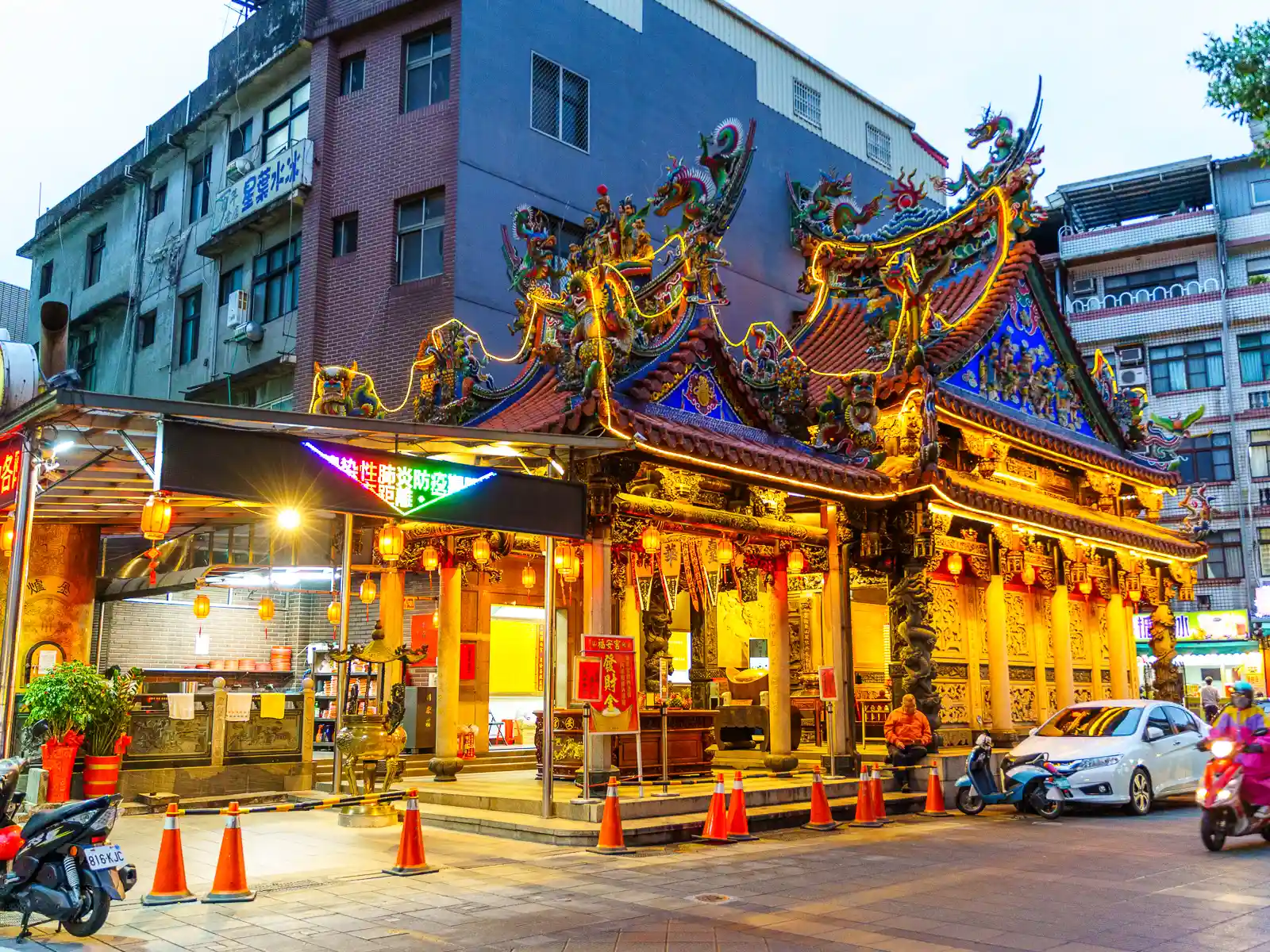
Sanxia Old Street is home to three notable temples (in this case, a mixture of Eastern and Western religions). At the northern end, the local Earth God Temple, also called the “Fu An Temple” guards the entrance to the street. About halfway down the old street, the beautiful but compact Xinglong Temple is dedicated to the Goddess Mazu. And, at the southern end of the street stands the Sanxia Church.
While all are significant and beautiful, these three temples pale in comparison to the Sanxia District’s most popular temple and one of the three most important temples of New Taipei City, Qingshui Zushi Temple.
Qingshui Zushi Temple
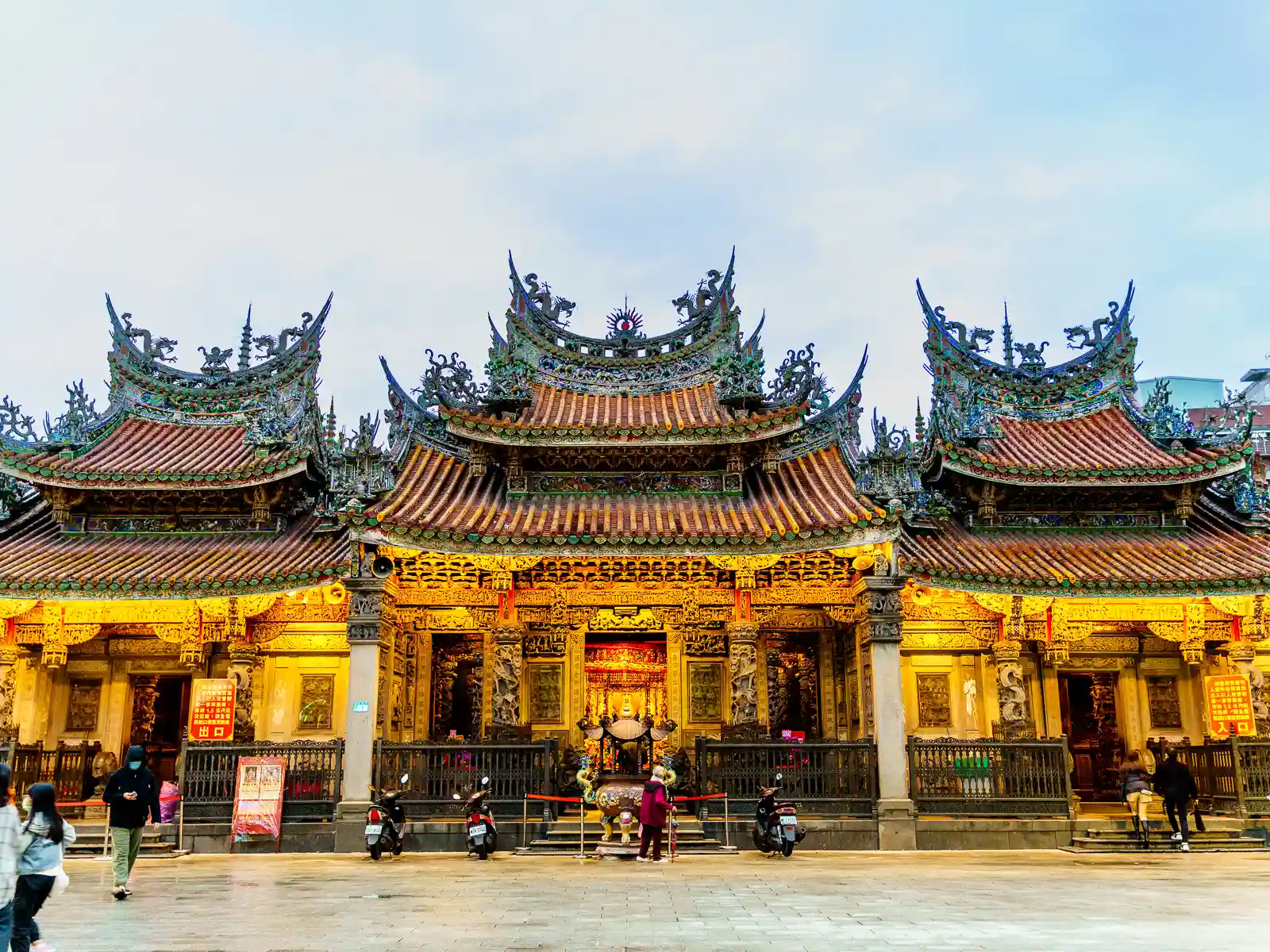
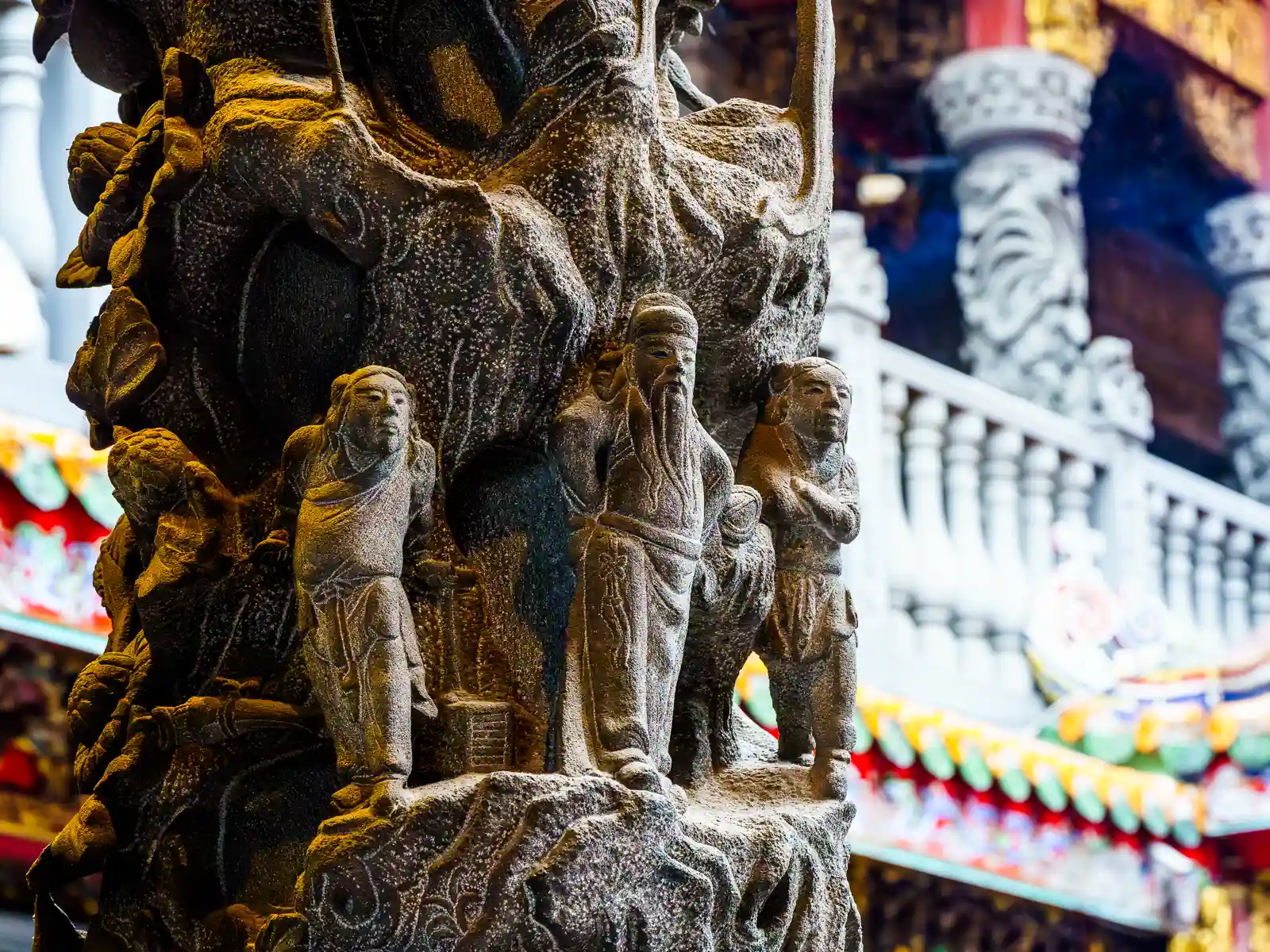
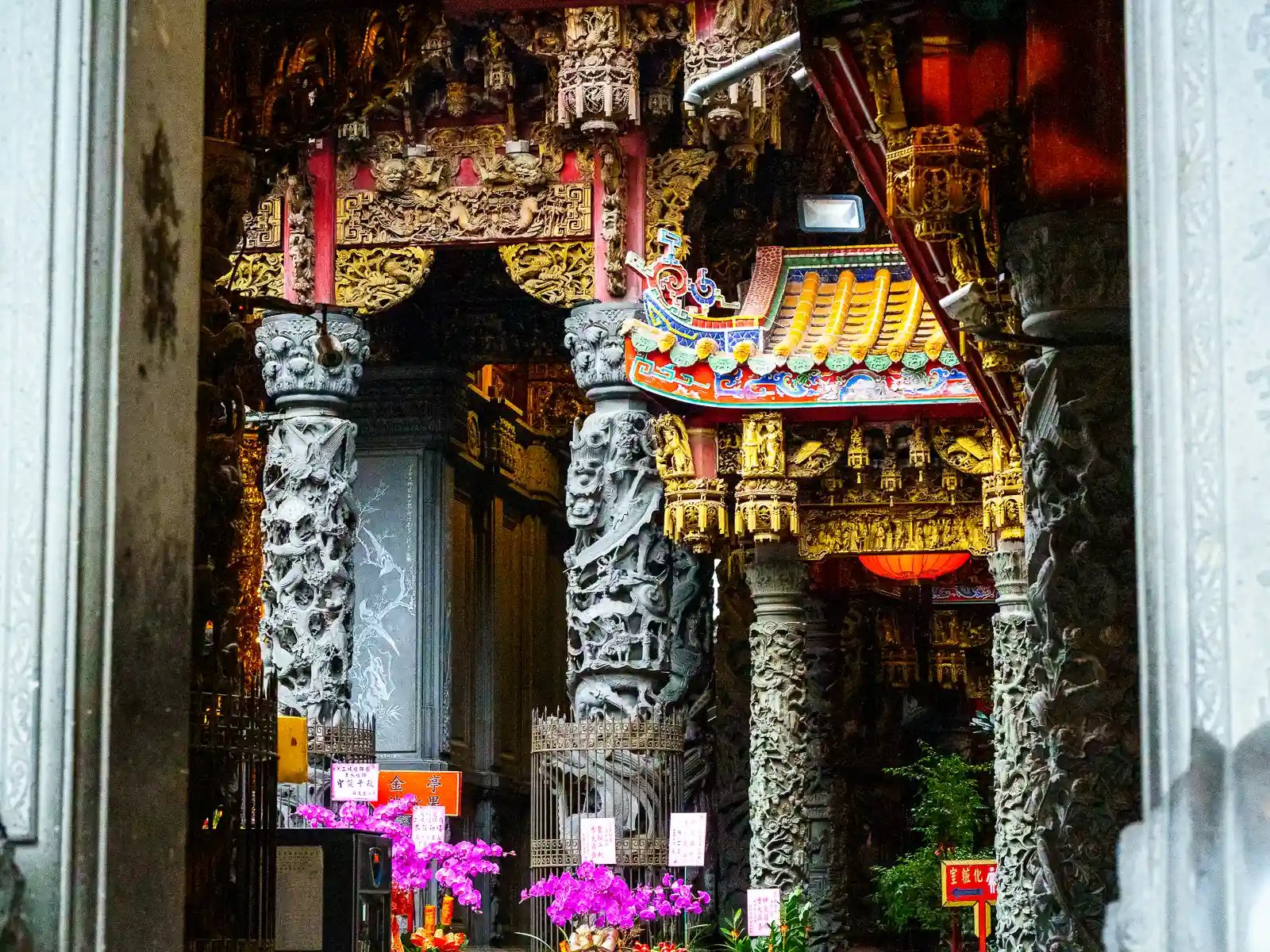
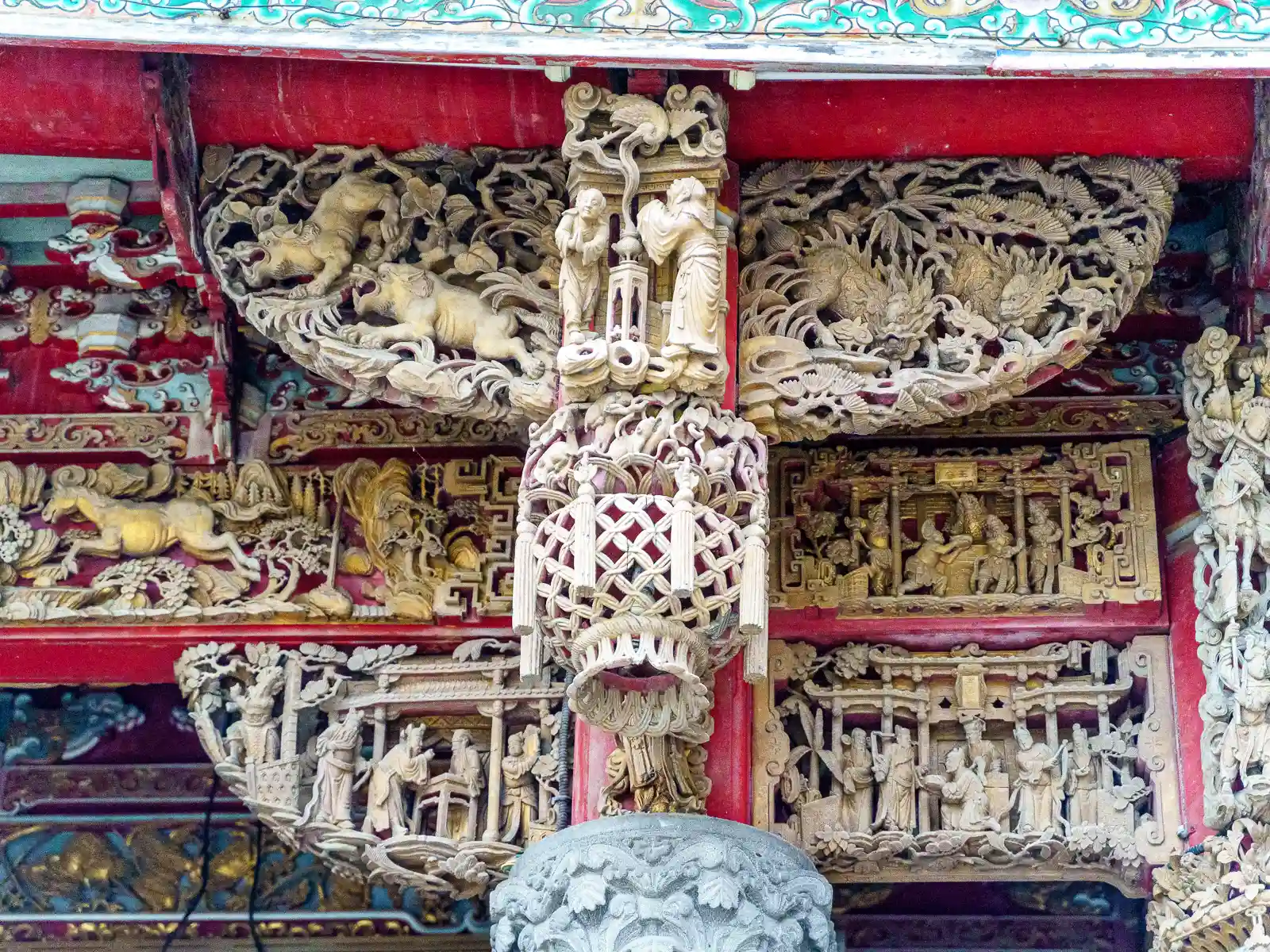
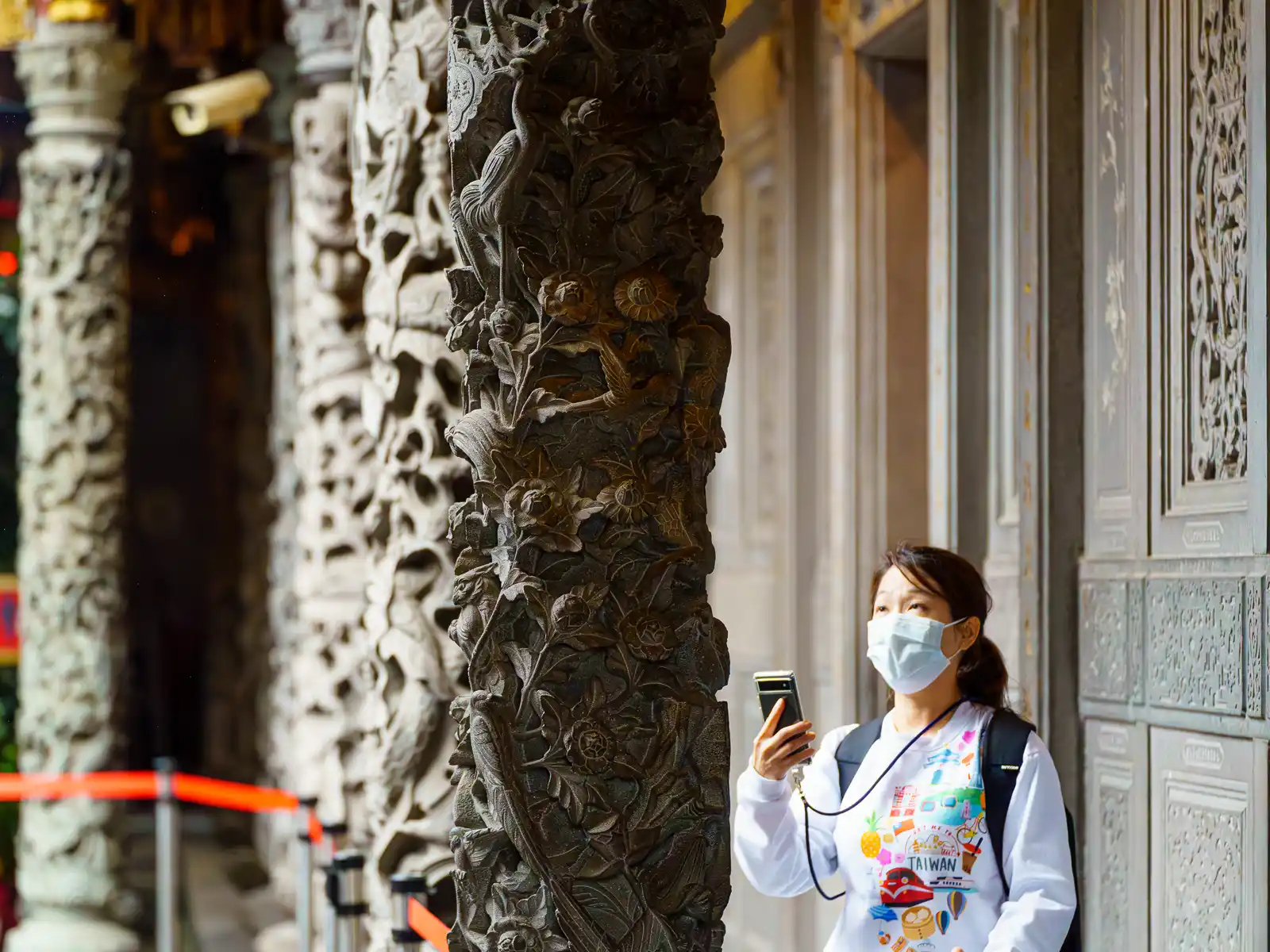
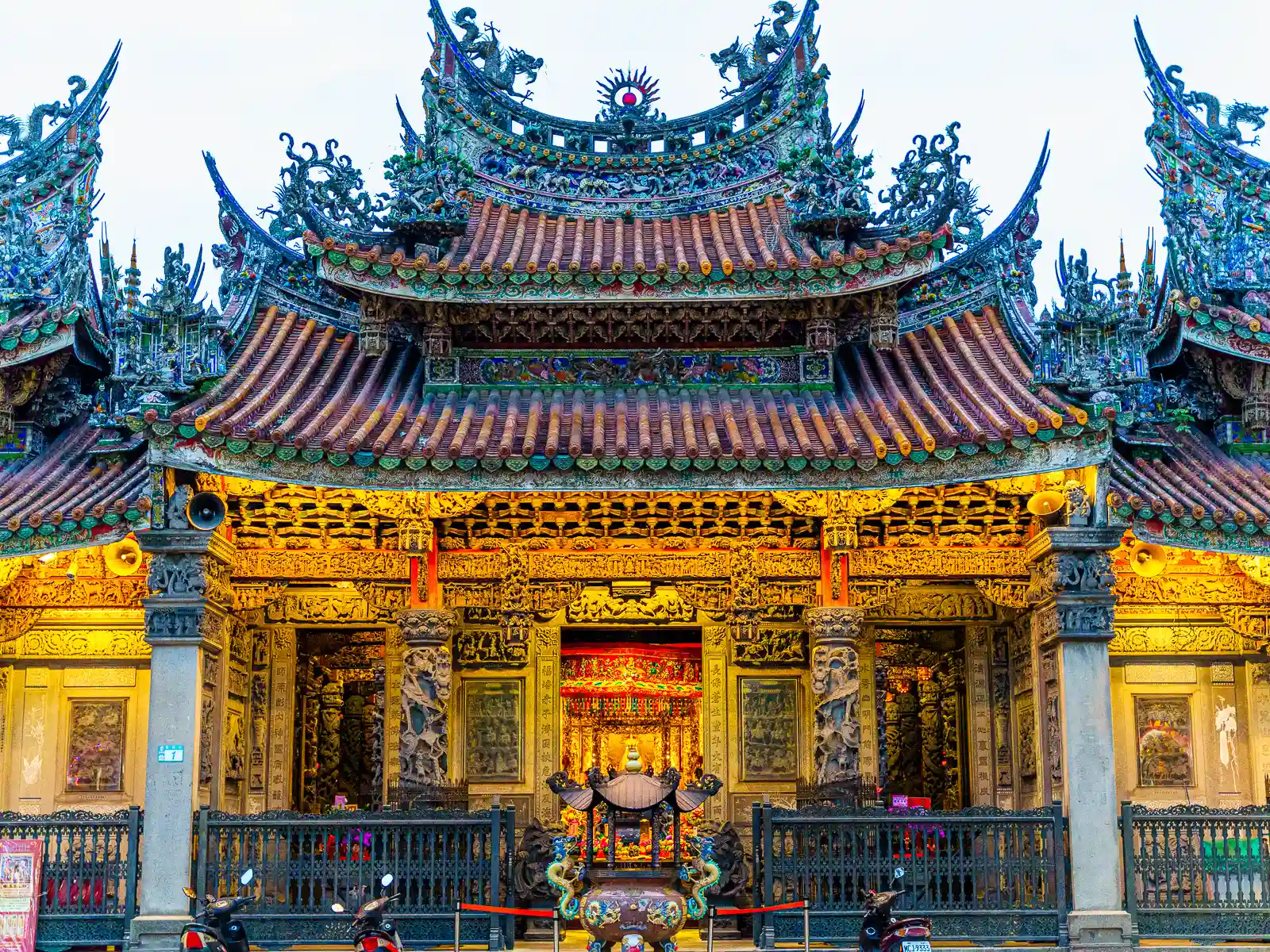
The Qingshui Zushi Temple is often lauded as being one of the most beautifully decorated temples in Taiwan, even being given the designation of “Palace of Eastern Art”. Nearly every corner of the temple is adorned with meticulous stone carvings, humbling door gods, and captivating copper reliefs.
Qingshui Zushi Temple also boasts over 130 carved stone columns, an amount which exceeds many other larger temples. Of these, the 20 carved pillars in the main hall are particularly impressive. In fact, the entire structure, from the front steps to the walls and corridor columns, has been built using stone.
Inside, the temple is unique in its use of copper reliefs for decoration in place of traditional painted walls. This was a brilliant design decision because, in addition to adding character to the temple, the copper doesn’t brown when exposed to large amounts of incense smoke.
Su Chiung Art Museum
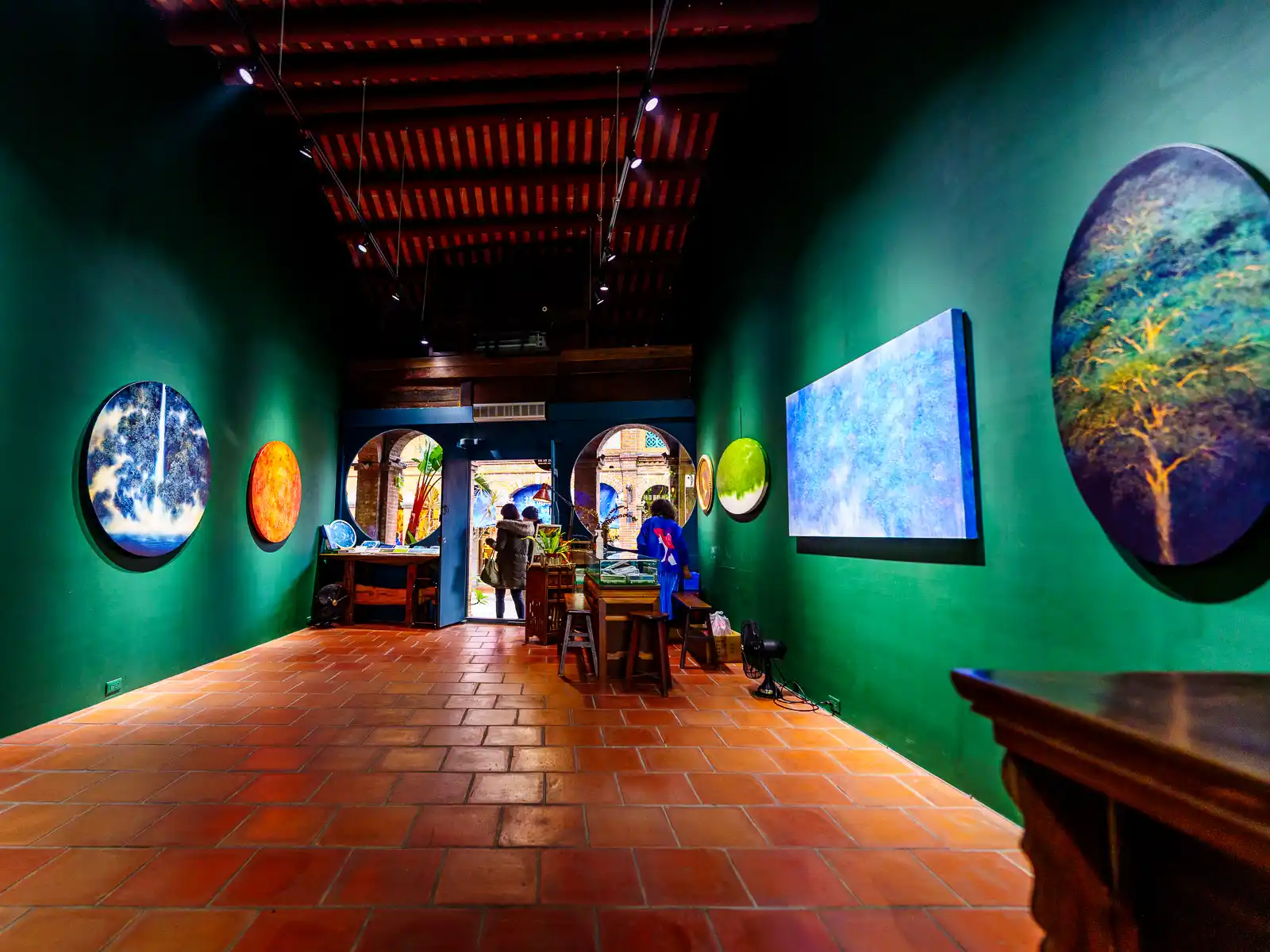
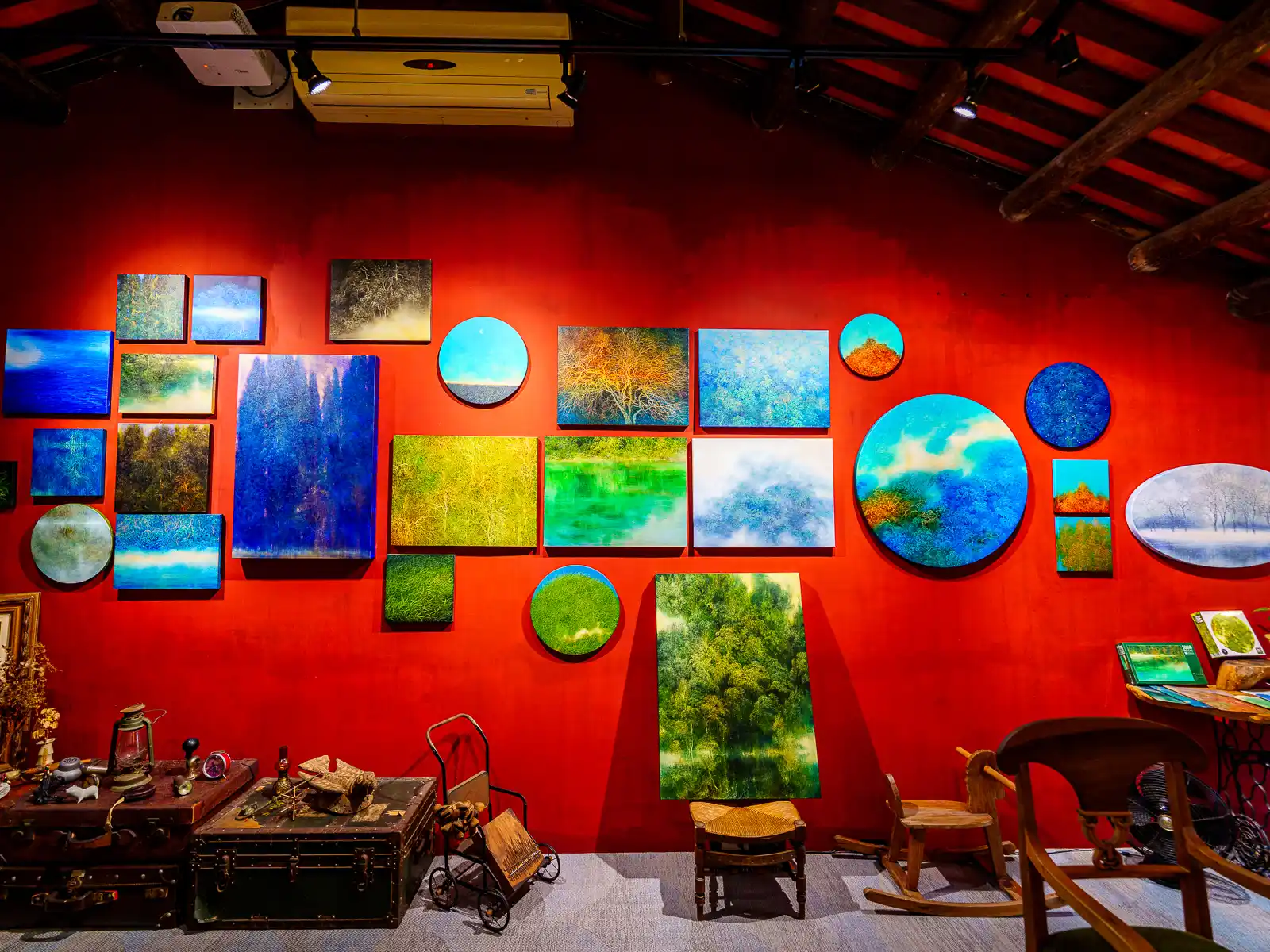
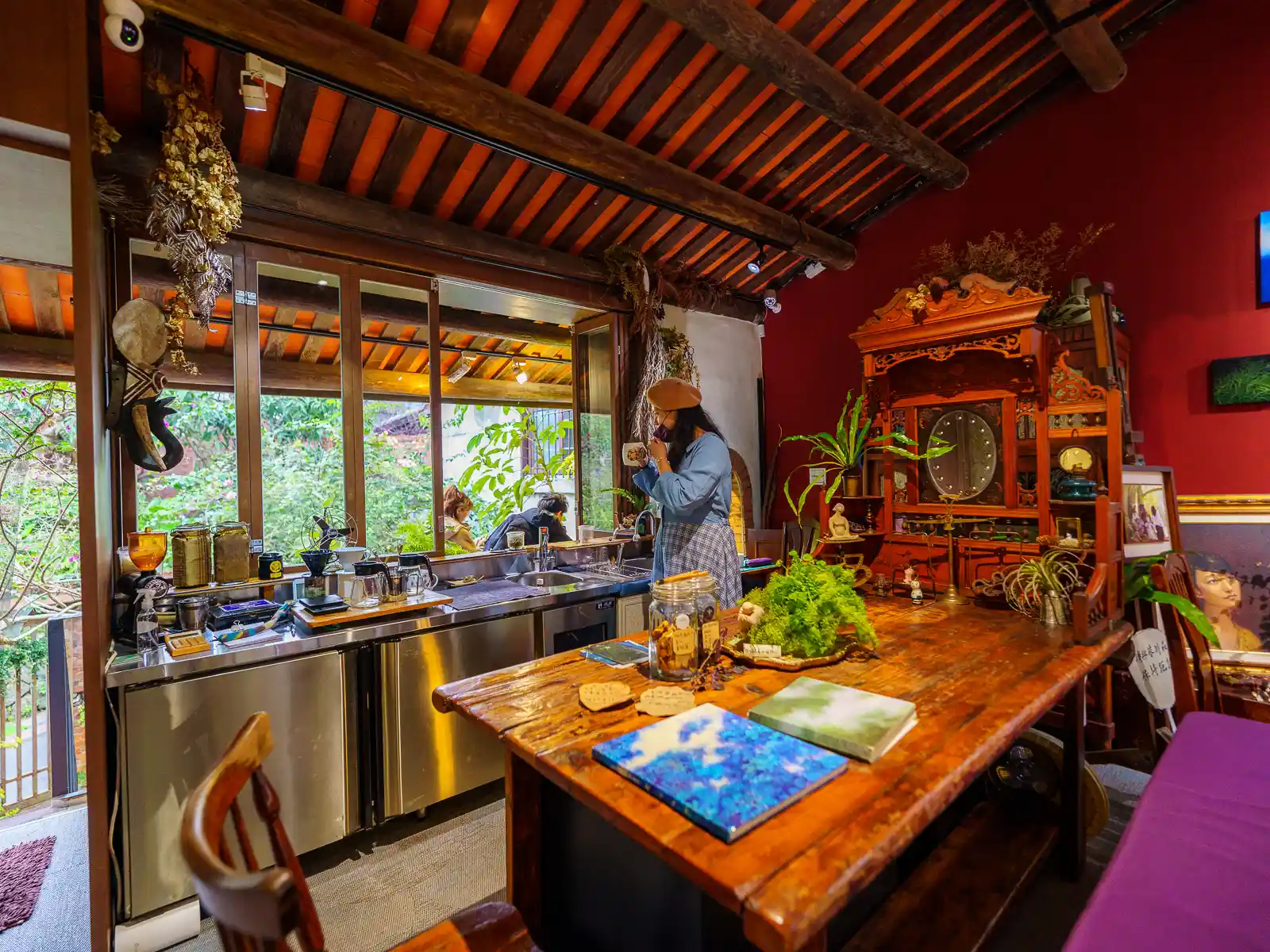
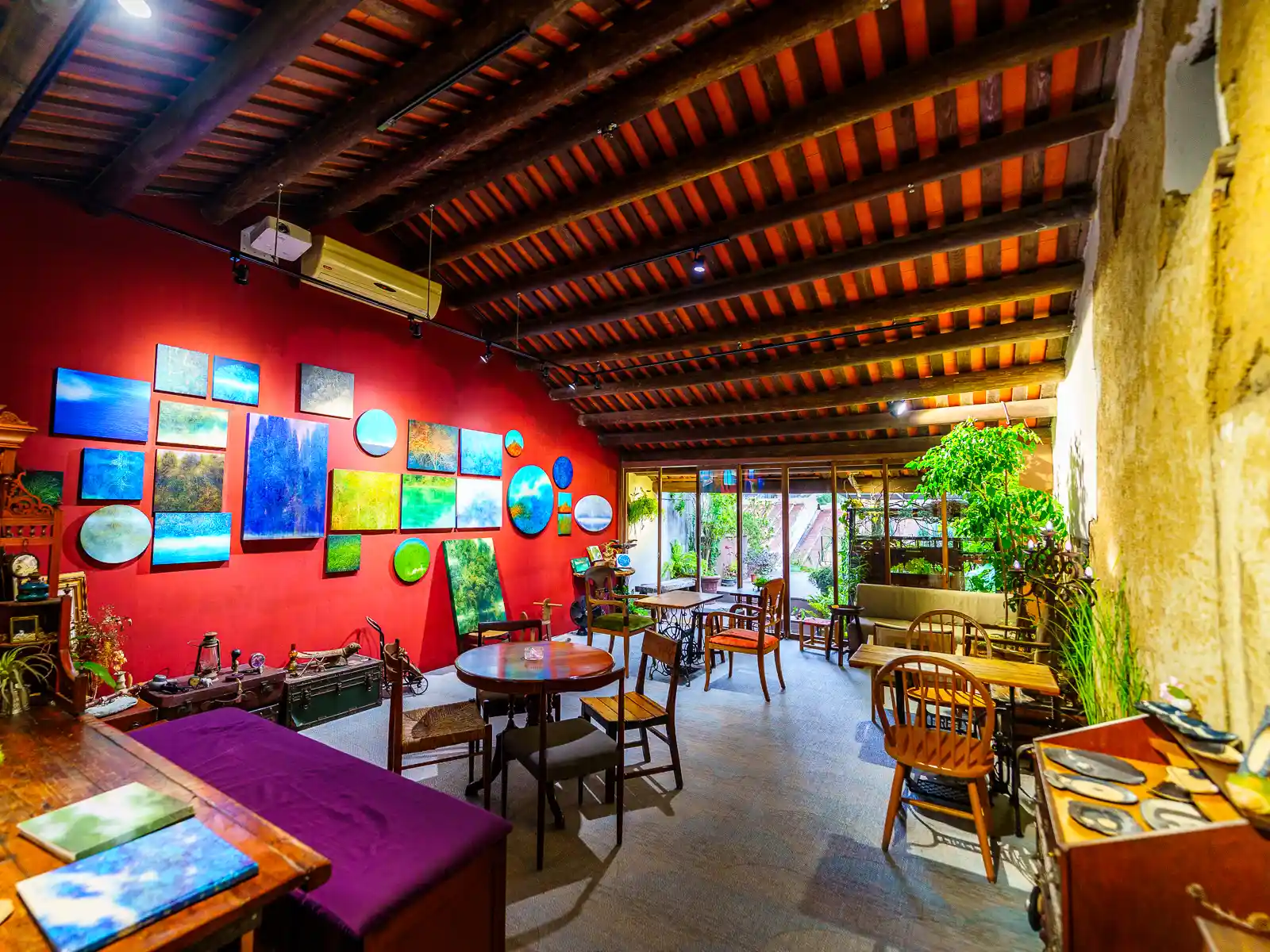
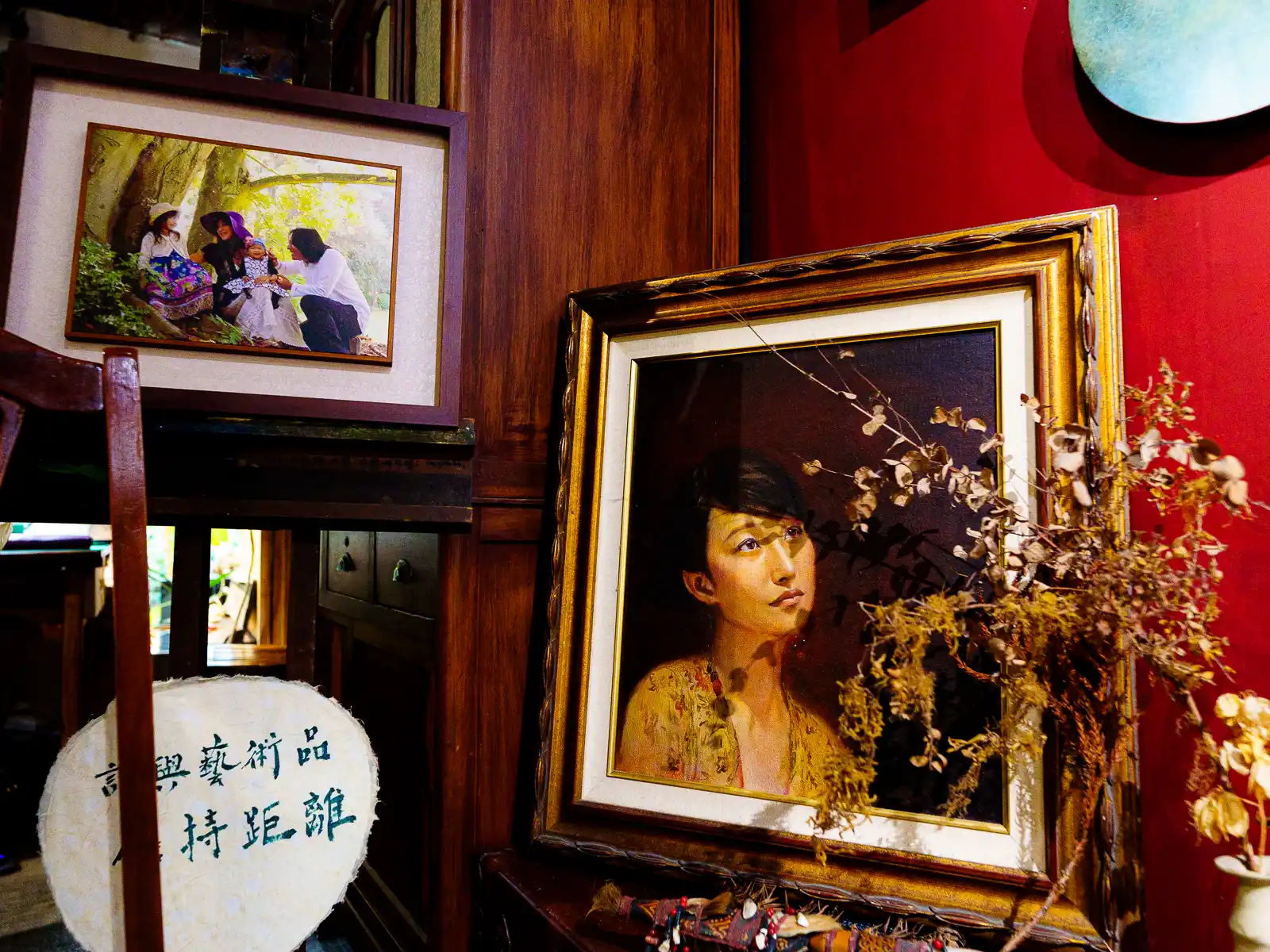
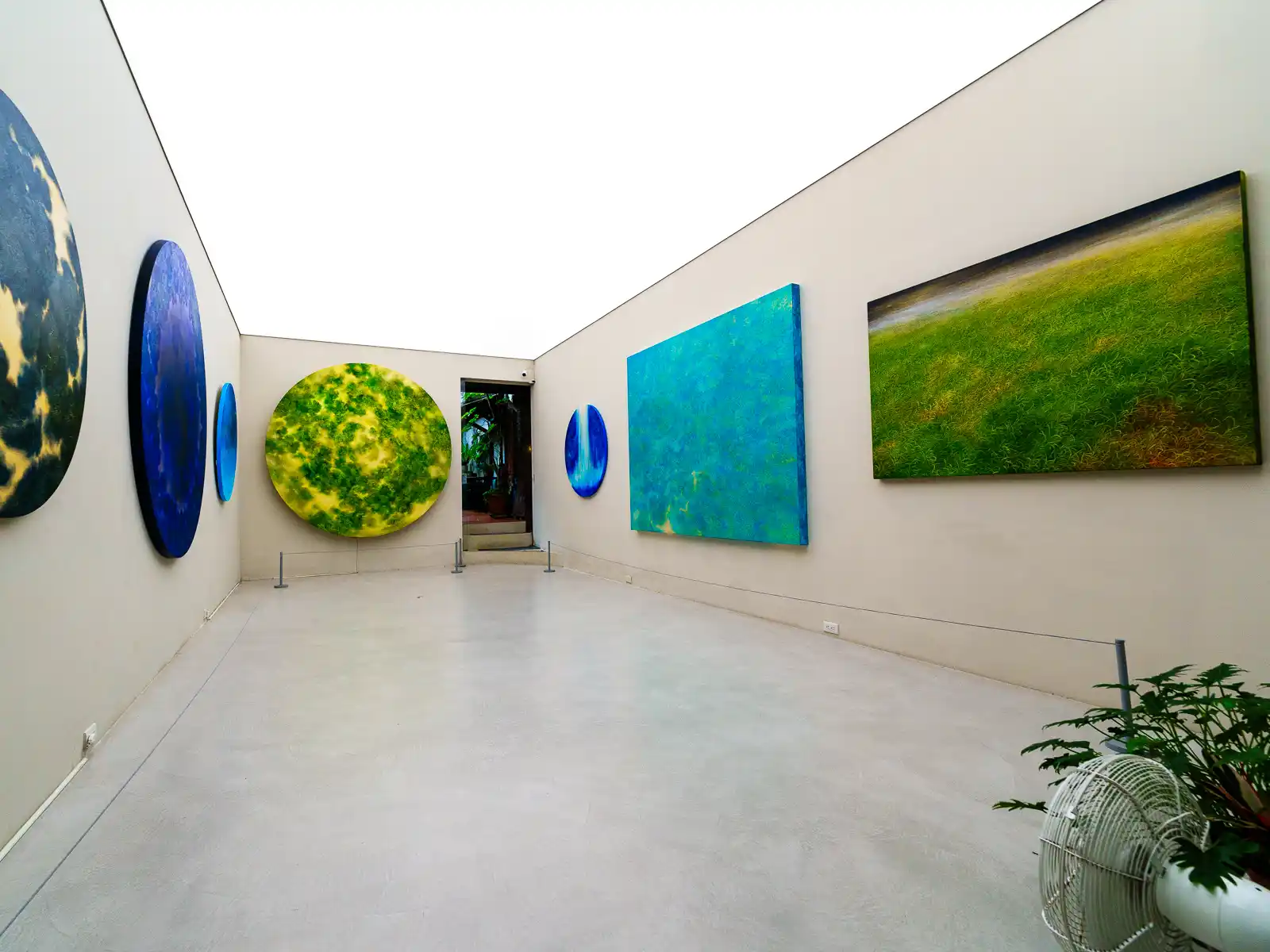
Located in a traditional residence towards the southern end of Sanxia Old Street, the Su Chiung Art Museum is an art space which showcases the works of local artists, family heirlooms, and includes a small cafe serving organic fruit juices, and locally grown small-batch coffee.
Founded by third-generation Sanxia resident Wu Guan-De, the art museum is operated by the artist himself with help from his family The. Su Chiung Art Museum offers a relaxed place to enjoy local art, using open spaces, antique decorations, and elements drawn from folk culture to ensure the space feels natural and welcoming. Mr. Wu also chooses not to accept any assistance from the government for fear that it could influence how the museum is run.
In addition to multiple exhibition halls, the art museum features several small garden-like spaces, and a “Time Corridor” showcasing family heirlooms is located on the first floor. The second floor is a flexible open space which houses a cafe, two terraces, and a unique section of hundred-year-old mud wall (a traditional house construction method involving mixing straw and mud, shaping it into blocks, and layering them to form walls, which are then coated with lime and mud).
Sanxia Indigo Dyeing Centre
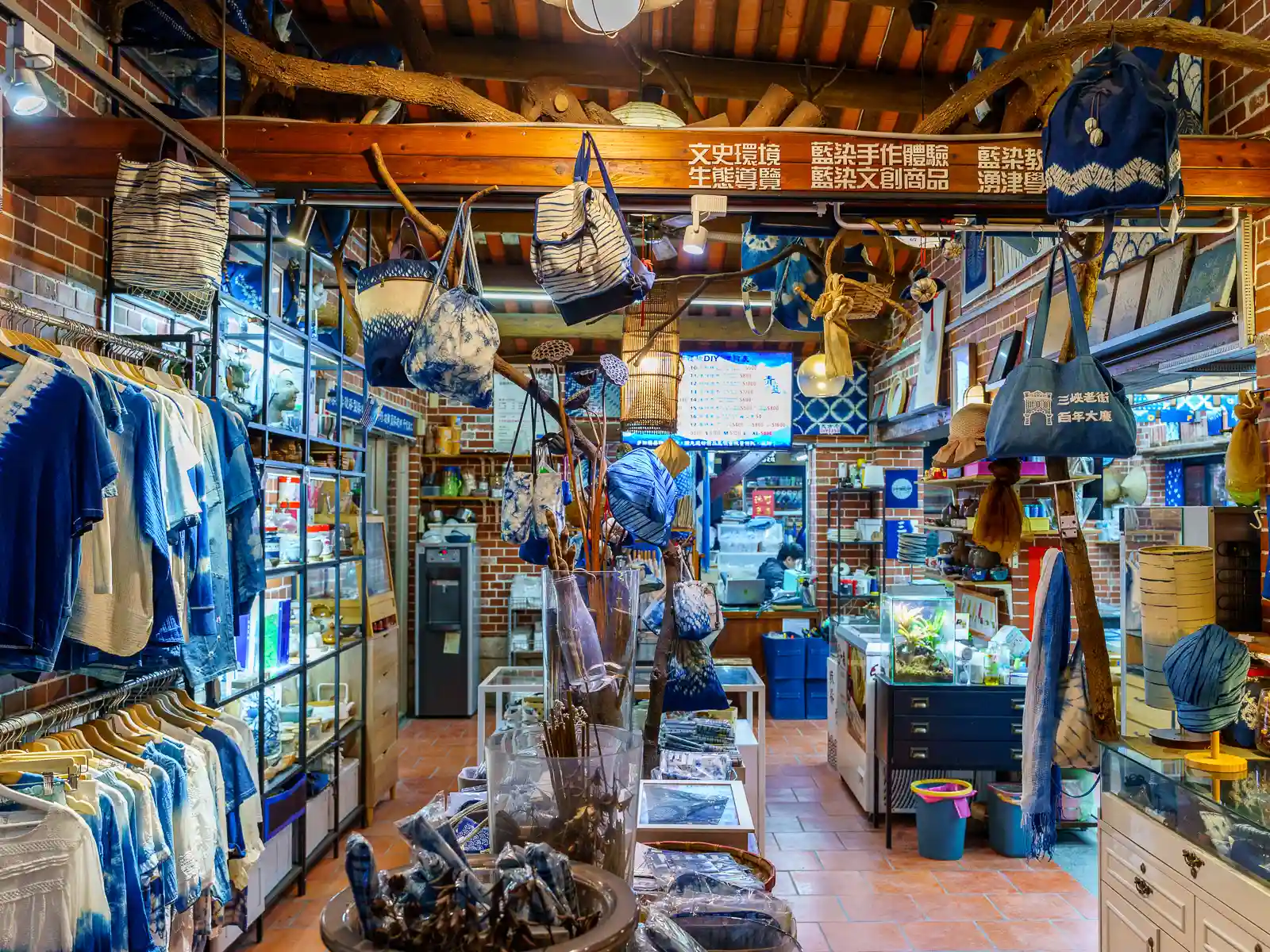
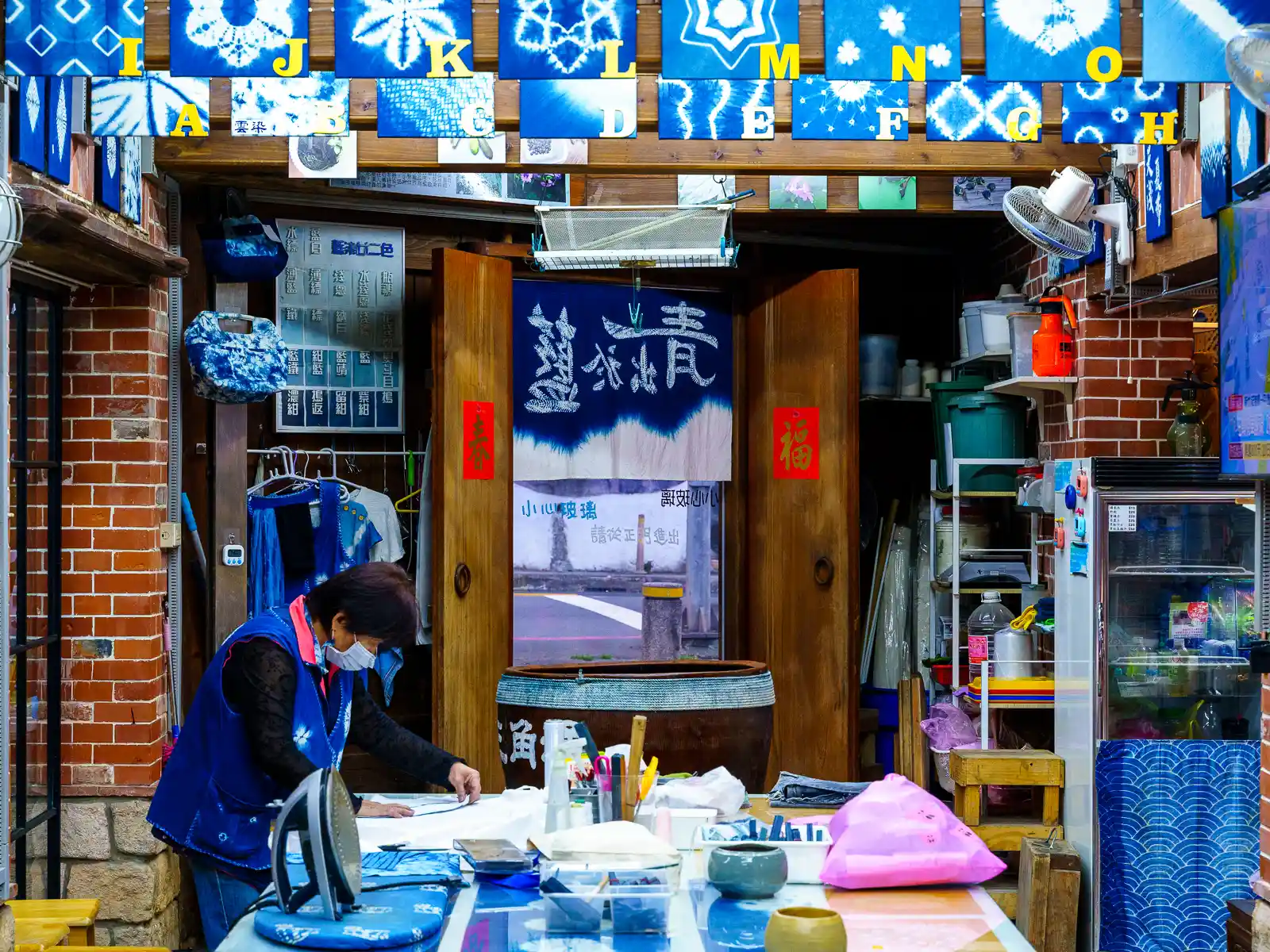
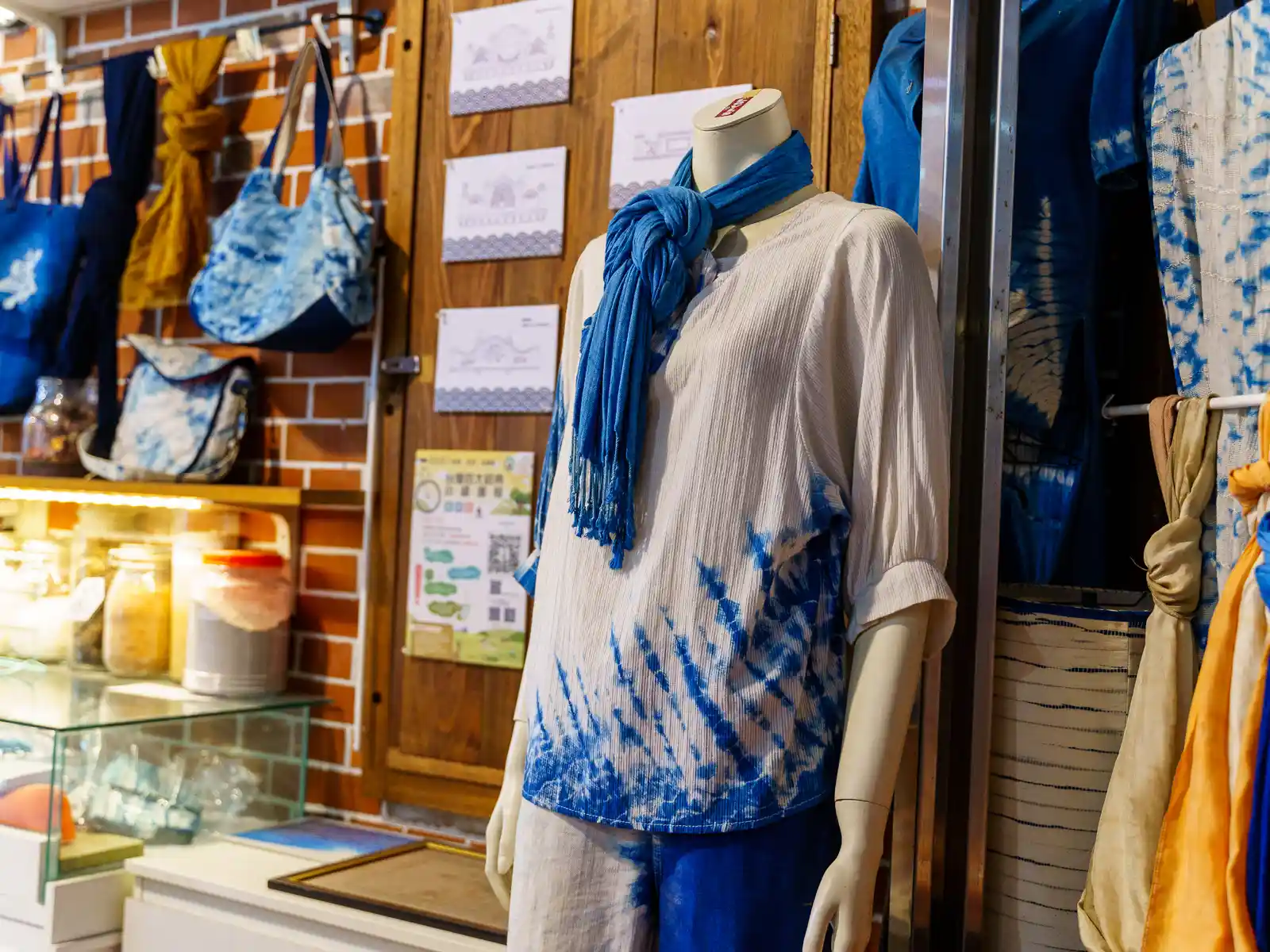
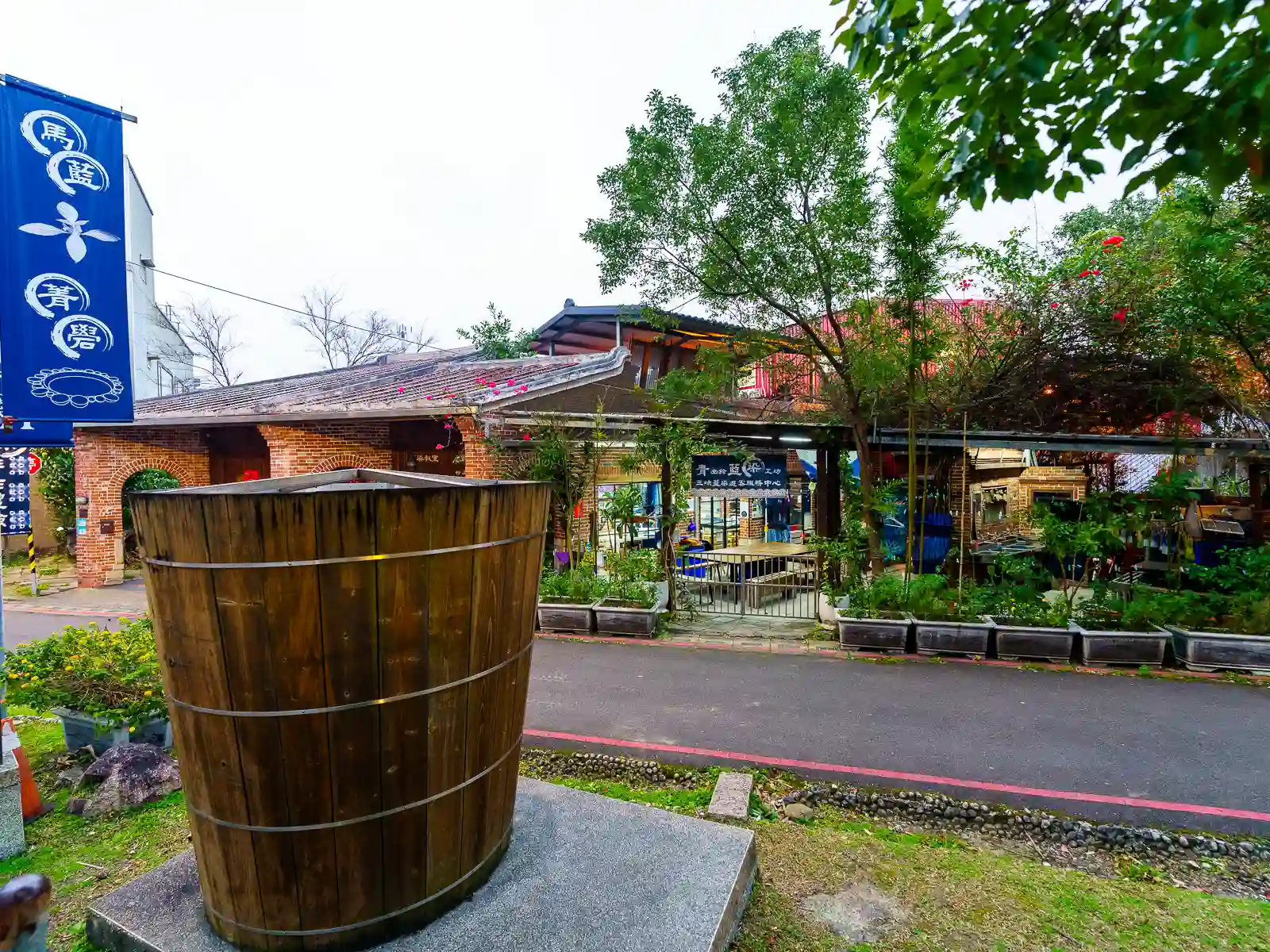
Before the advent of modern dyes in the middle of the 20th century, Sanxia Old Street was known by the name “Dyeing Street”, for its booming indigo industry. Abundant Strobilanthes formosanus, a local variant of the indigo plant, from the nearby mountains fueled this local industry. In fact, many of the archways above shops on Sanxia Old Street still bear the name of former dyeing workshops.
While commercial dyeing has since waned, the Sanxia Indigo Dyeing Centre pays tribute to and continues Sanxia’s rich tradition of being the center of indigo dyeing in Taiwan. Started by Liu Yong-feng, a former sales manager of overhead projectors and native of Sanxia who became fascinated with his town’s rich cultural heritage, the center sells indigo-dyed products and offers DIY indigo dyeing experiences for tourists.

